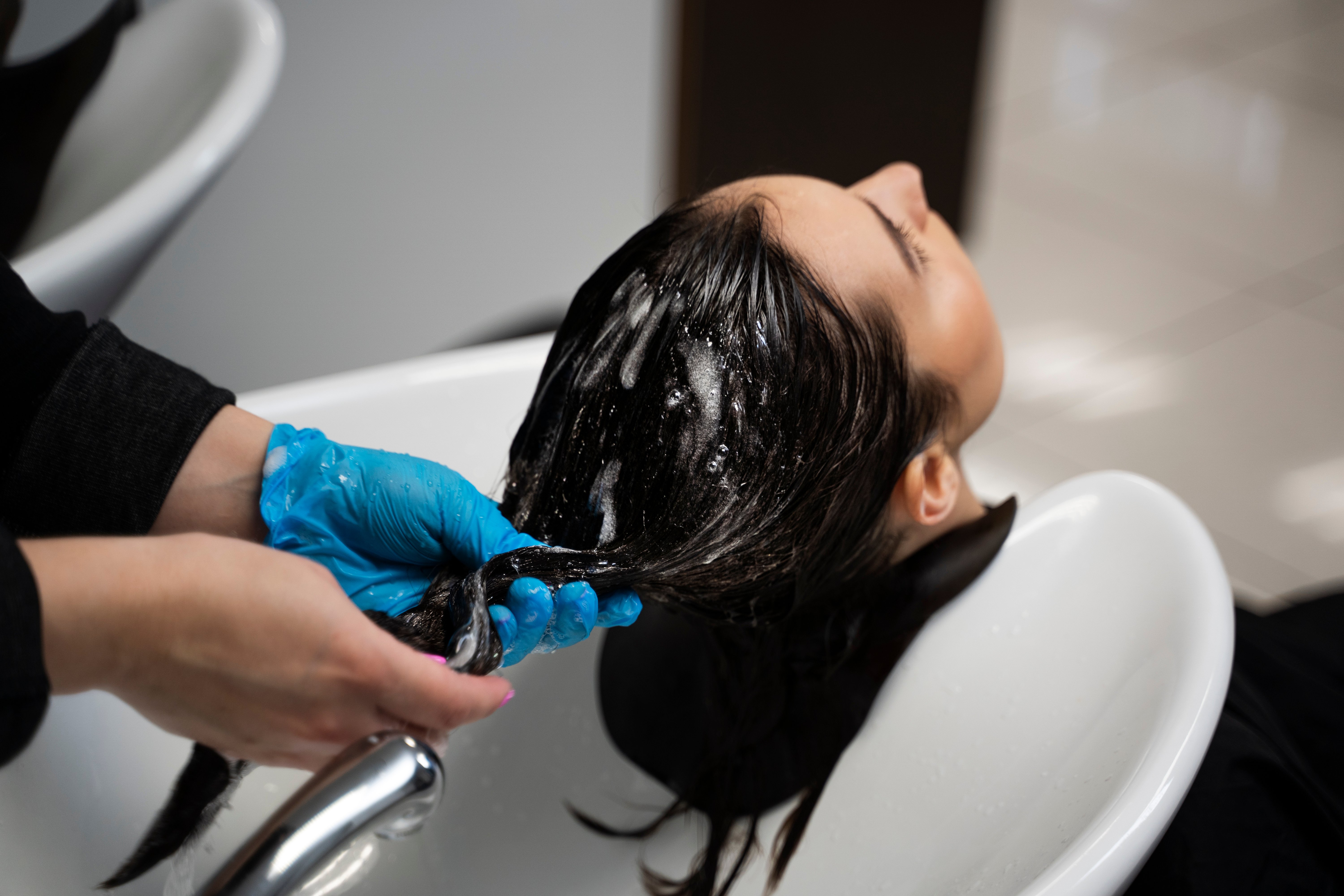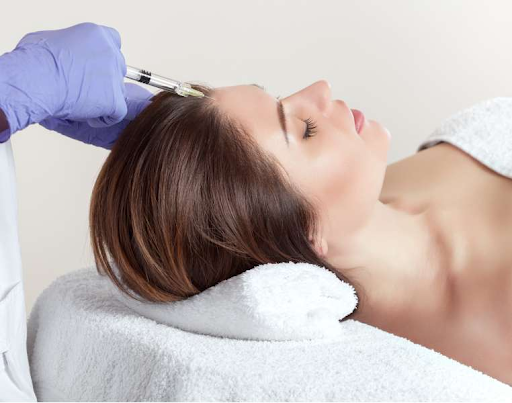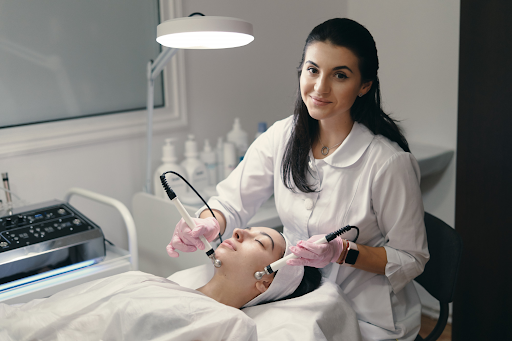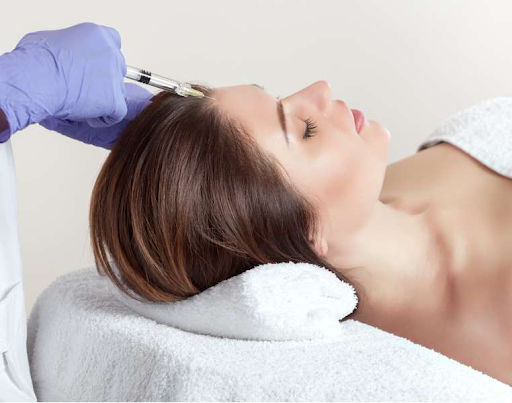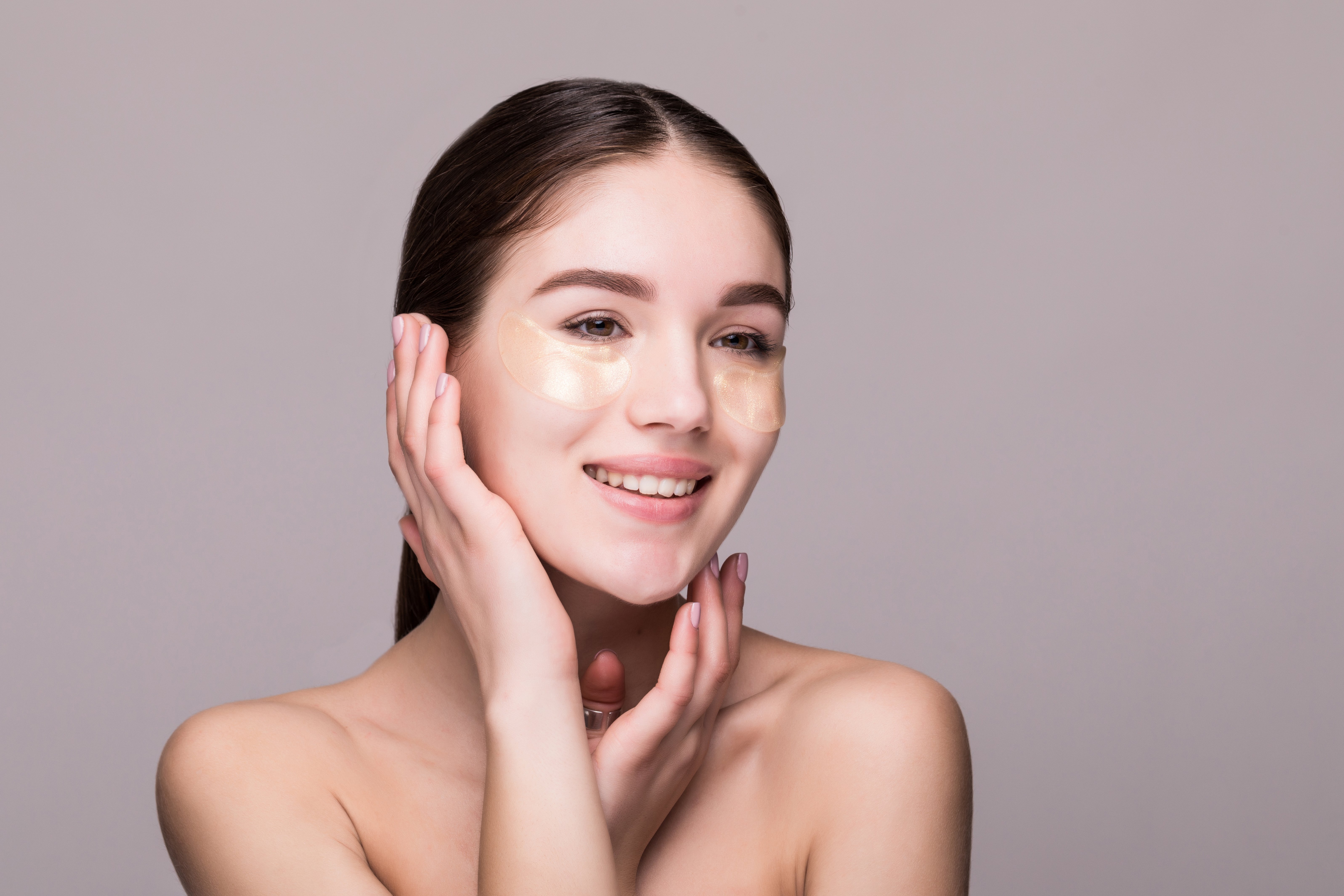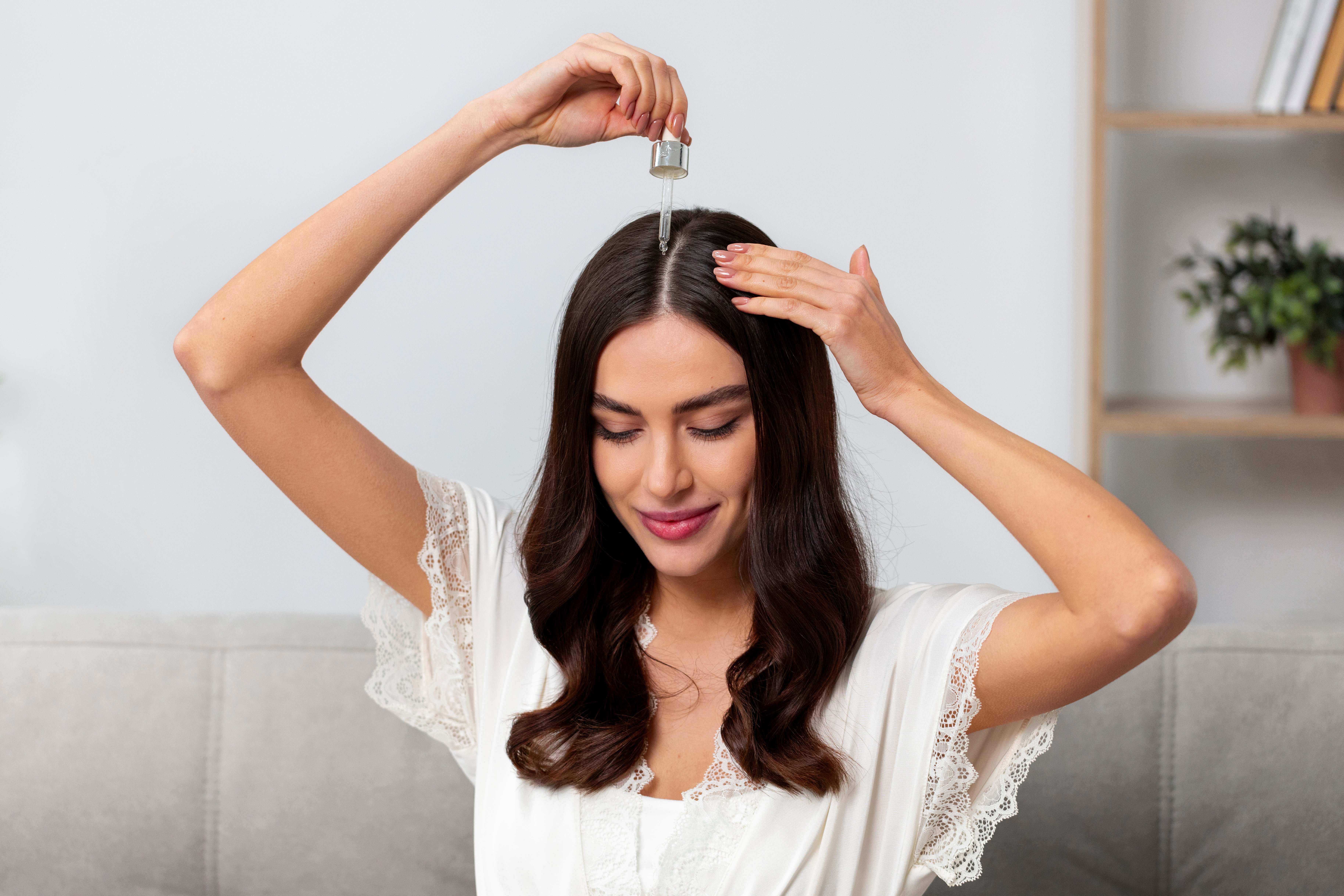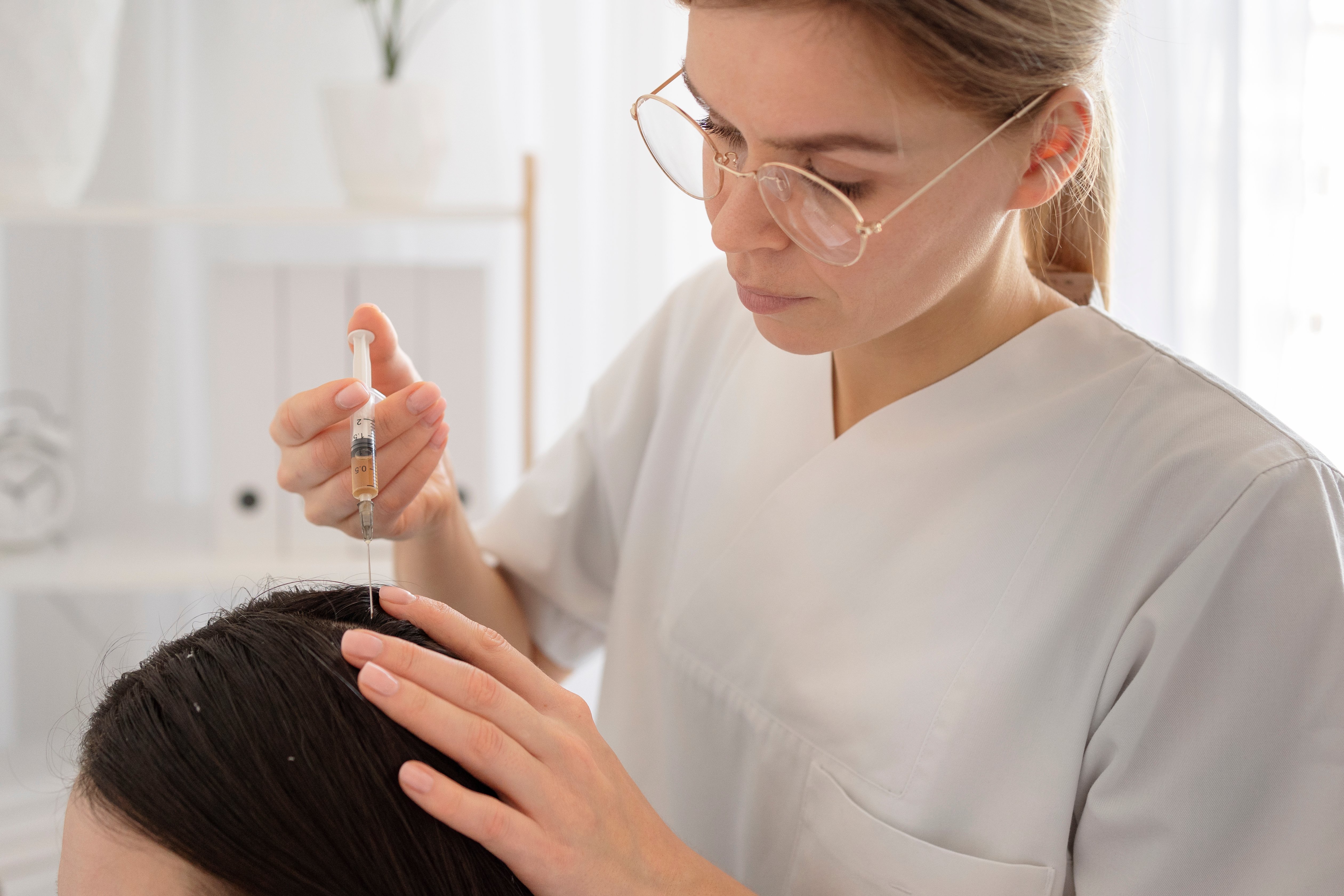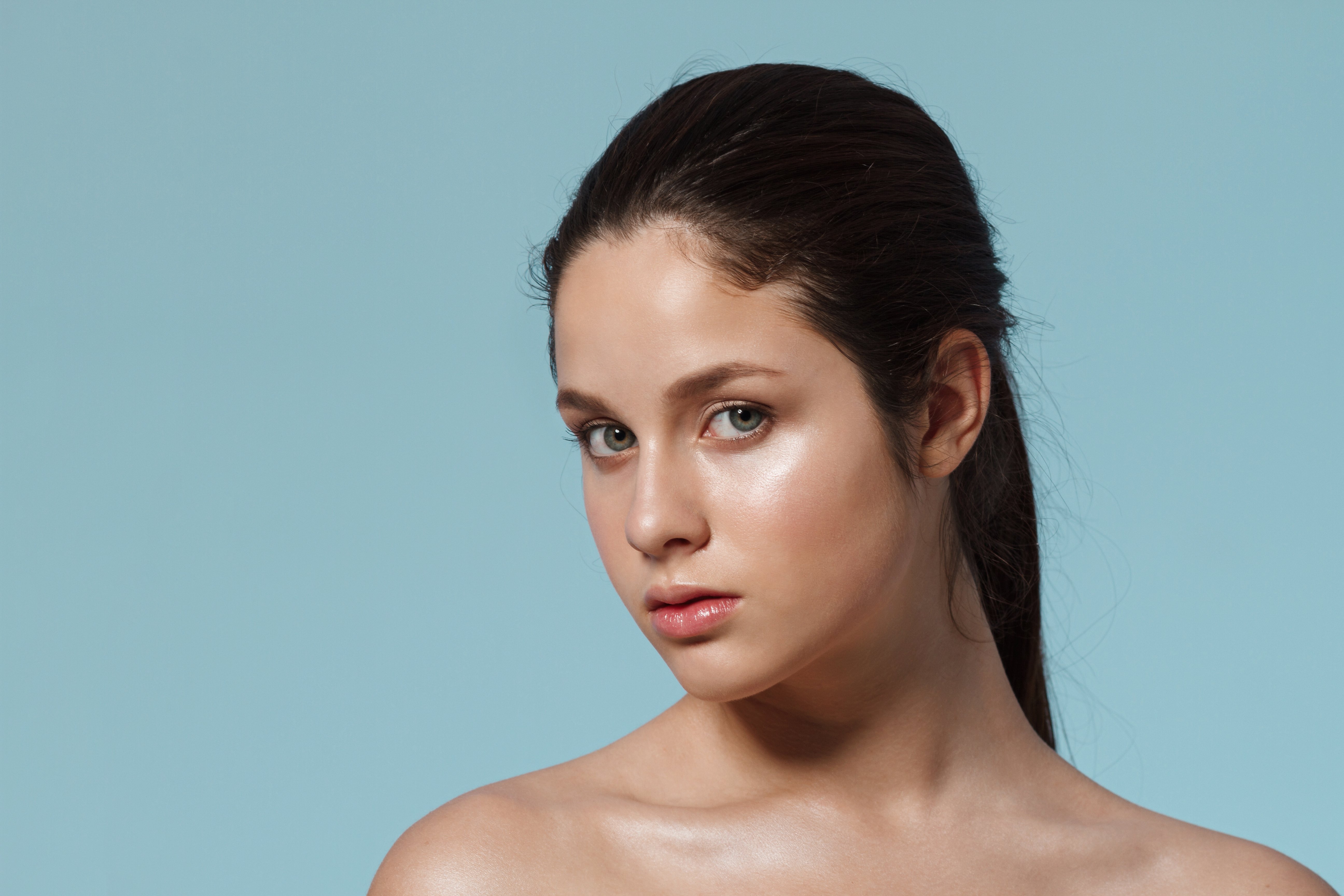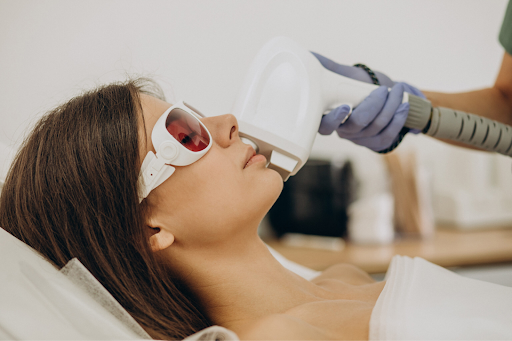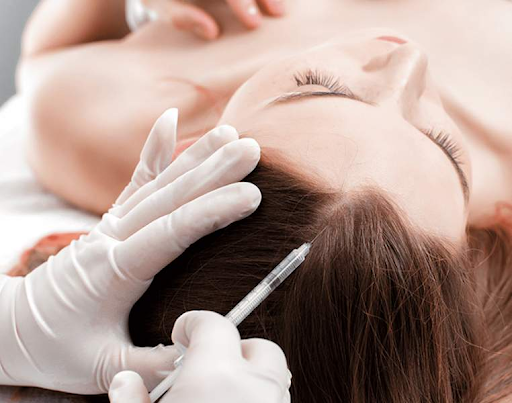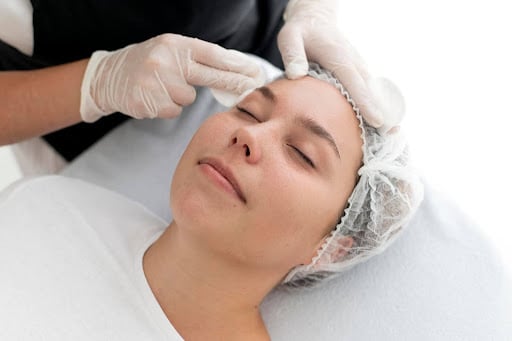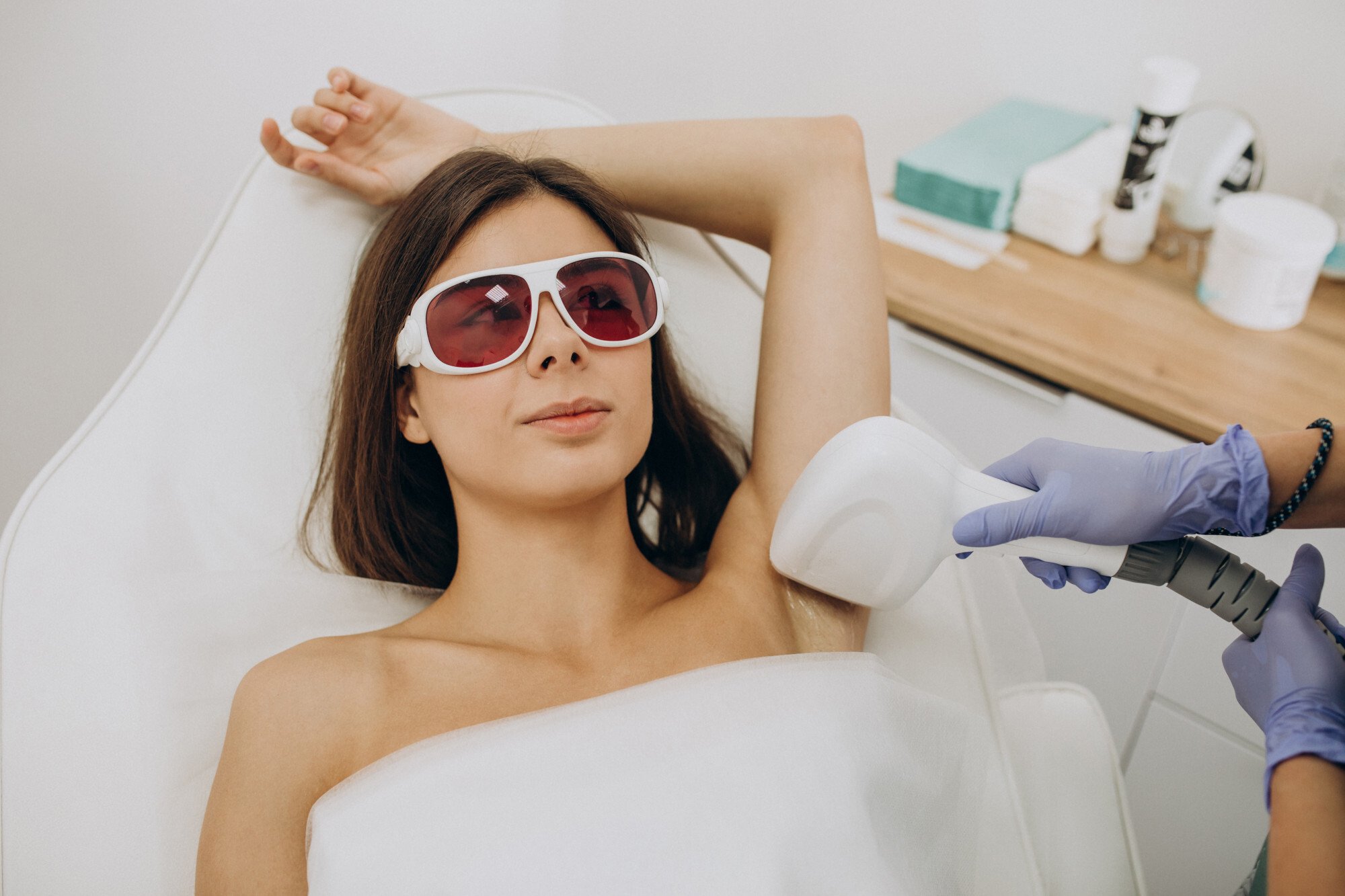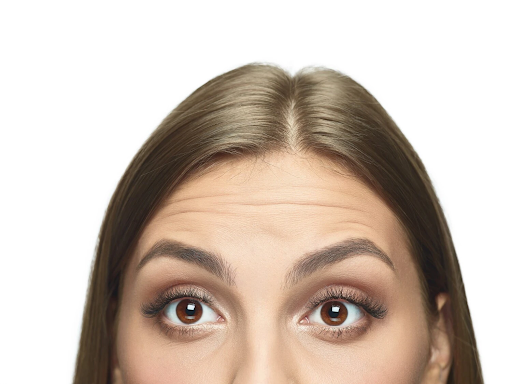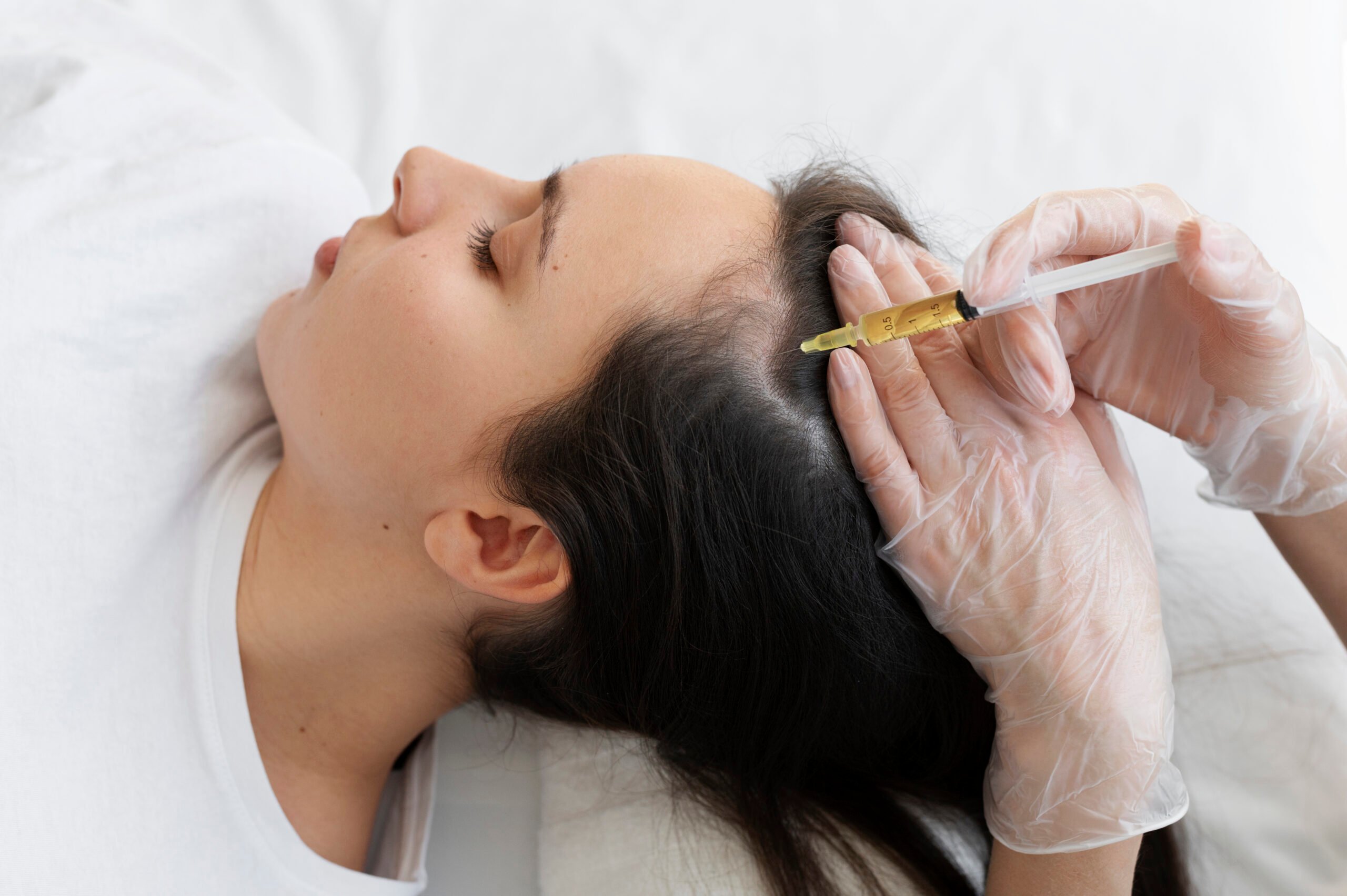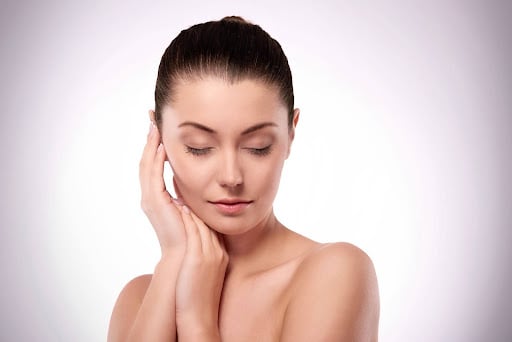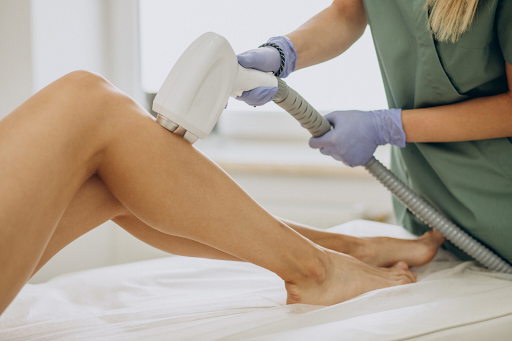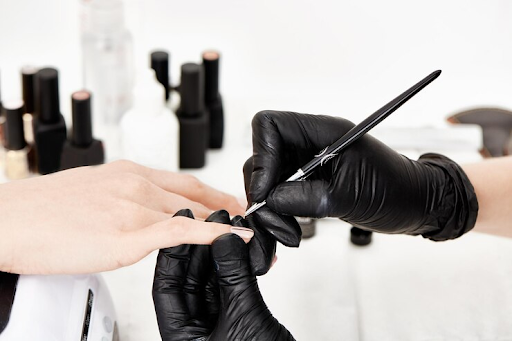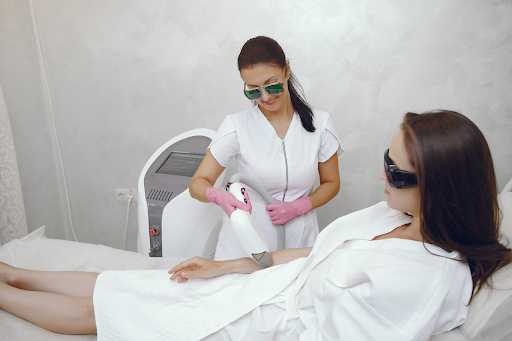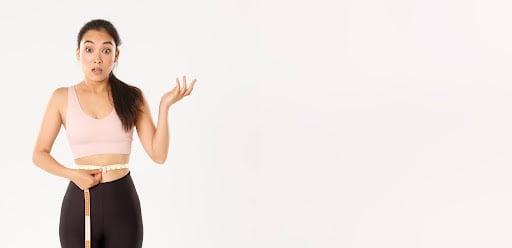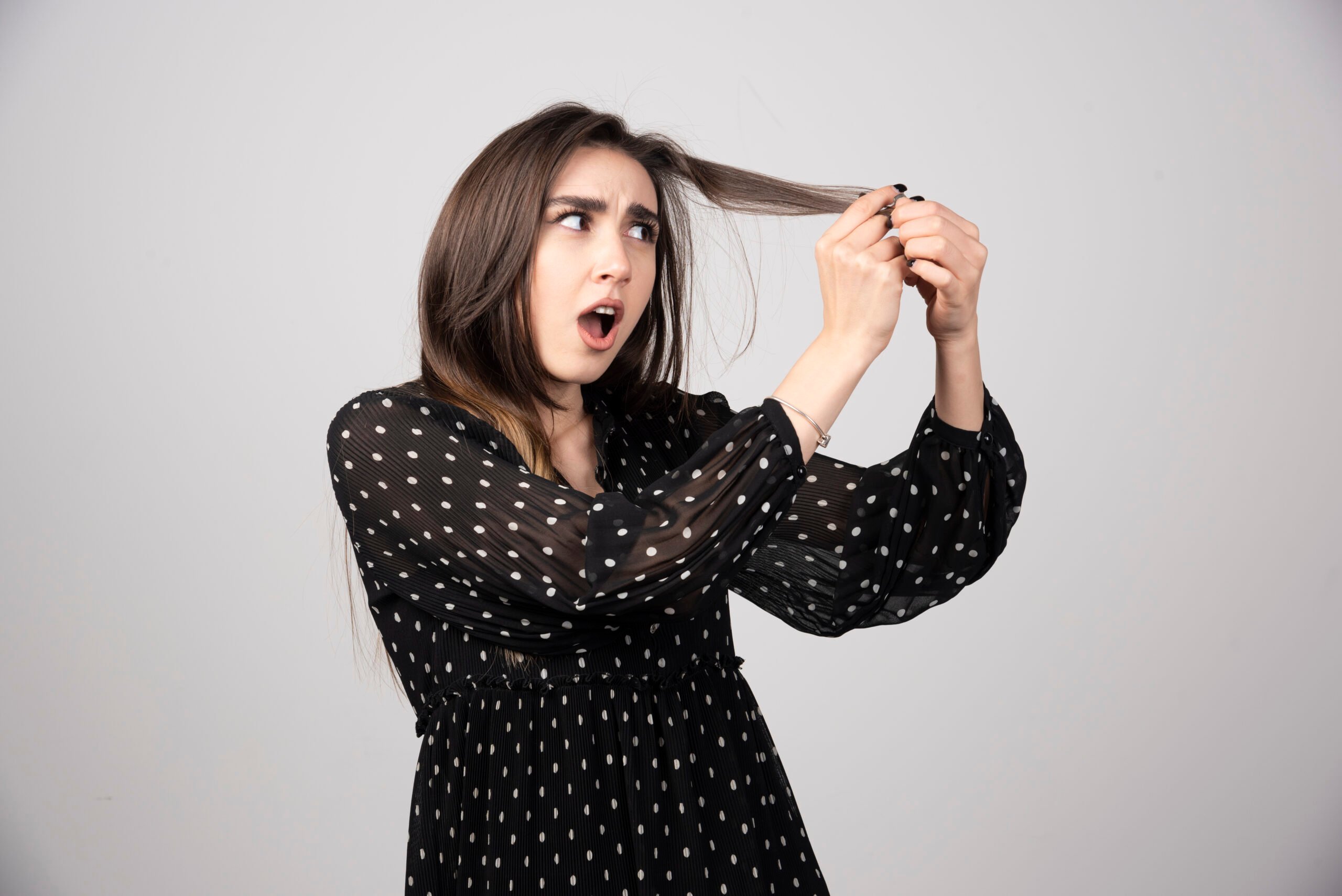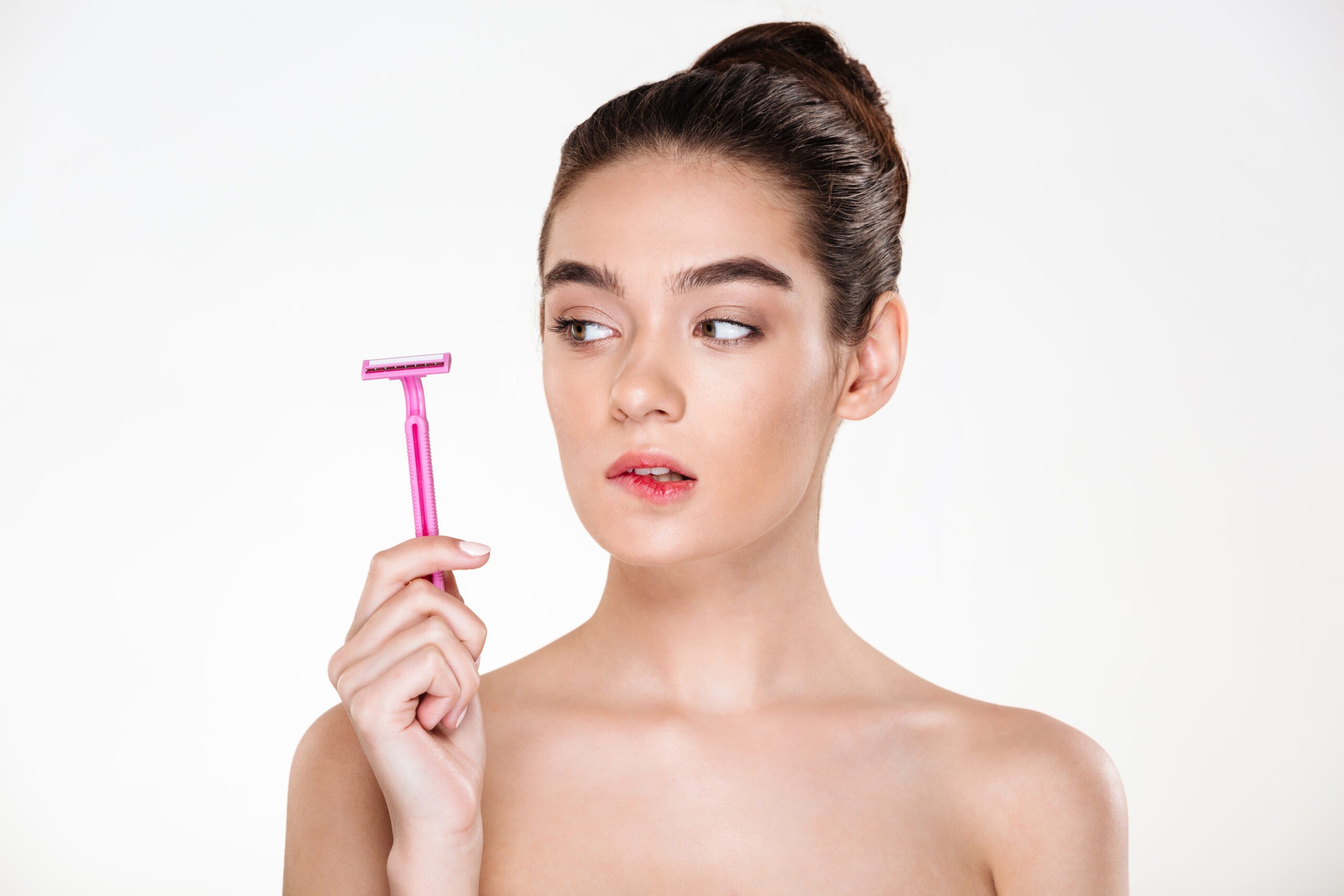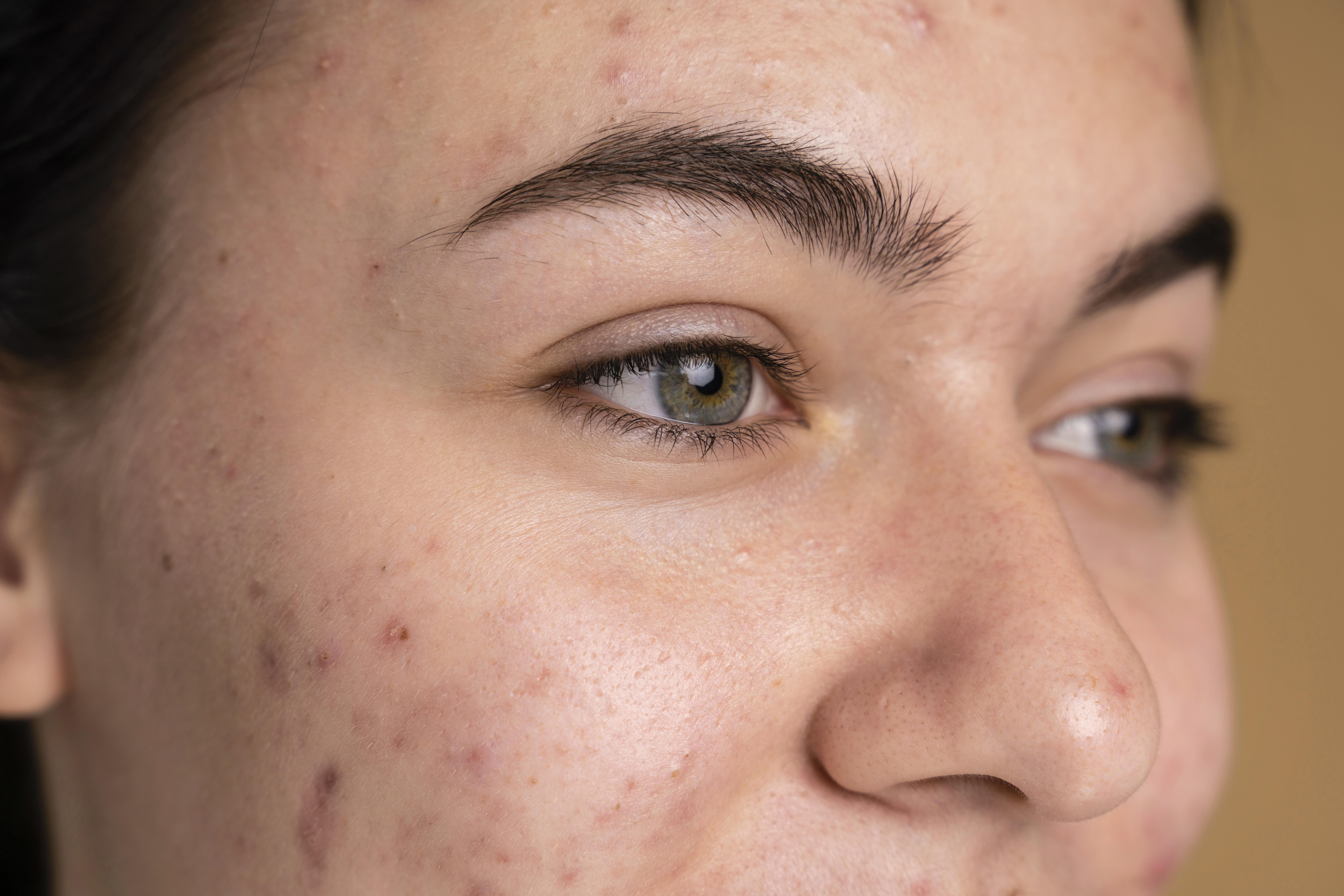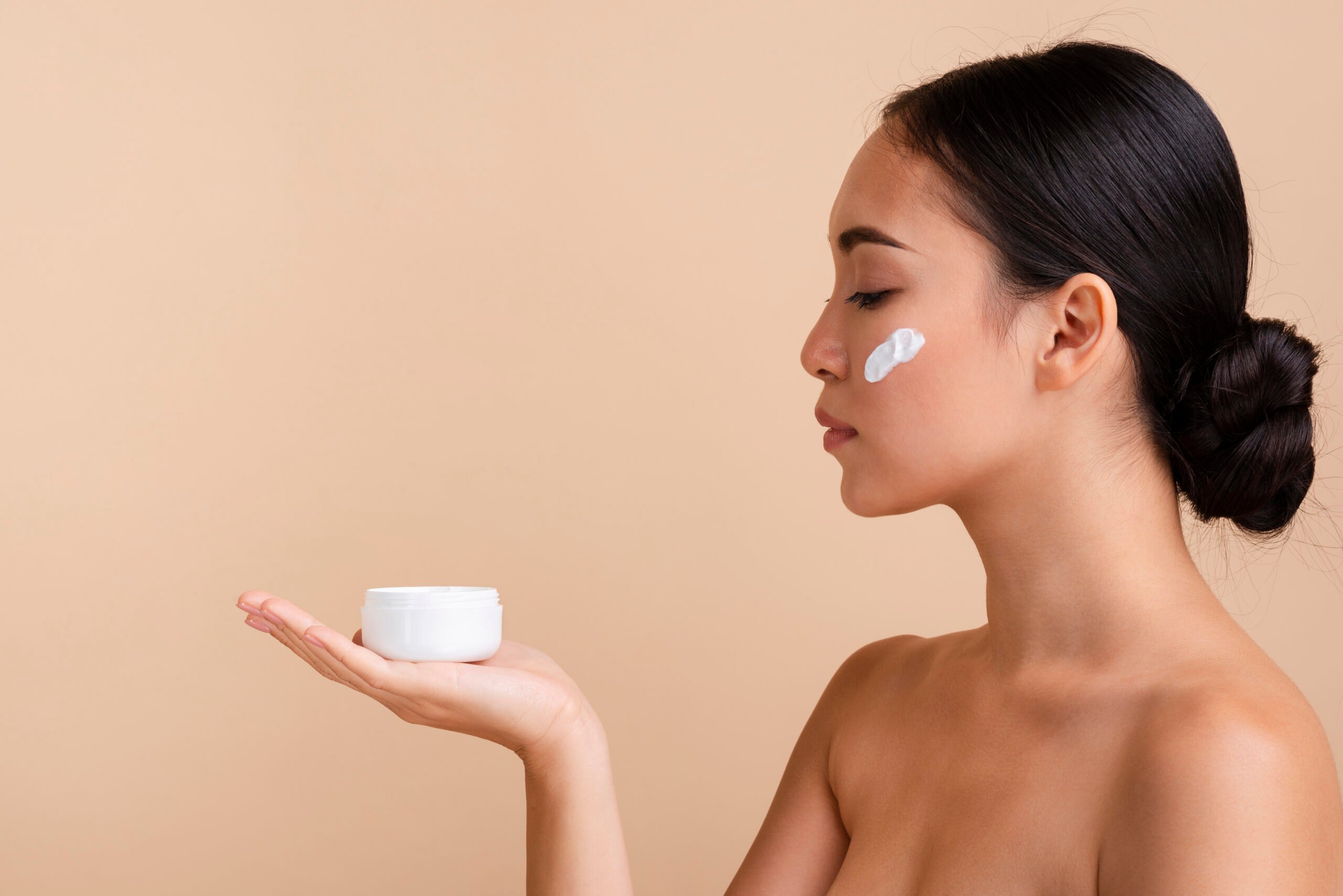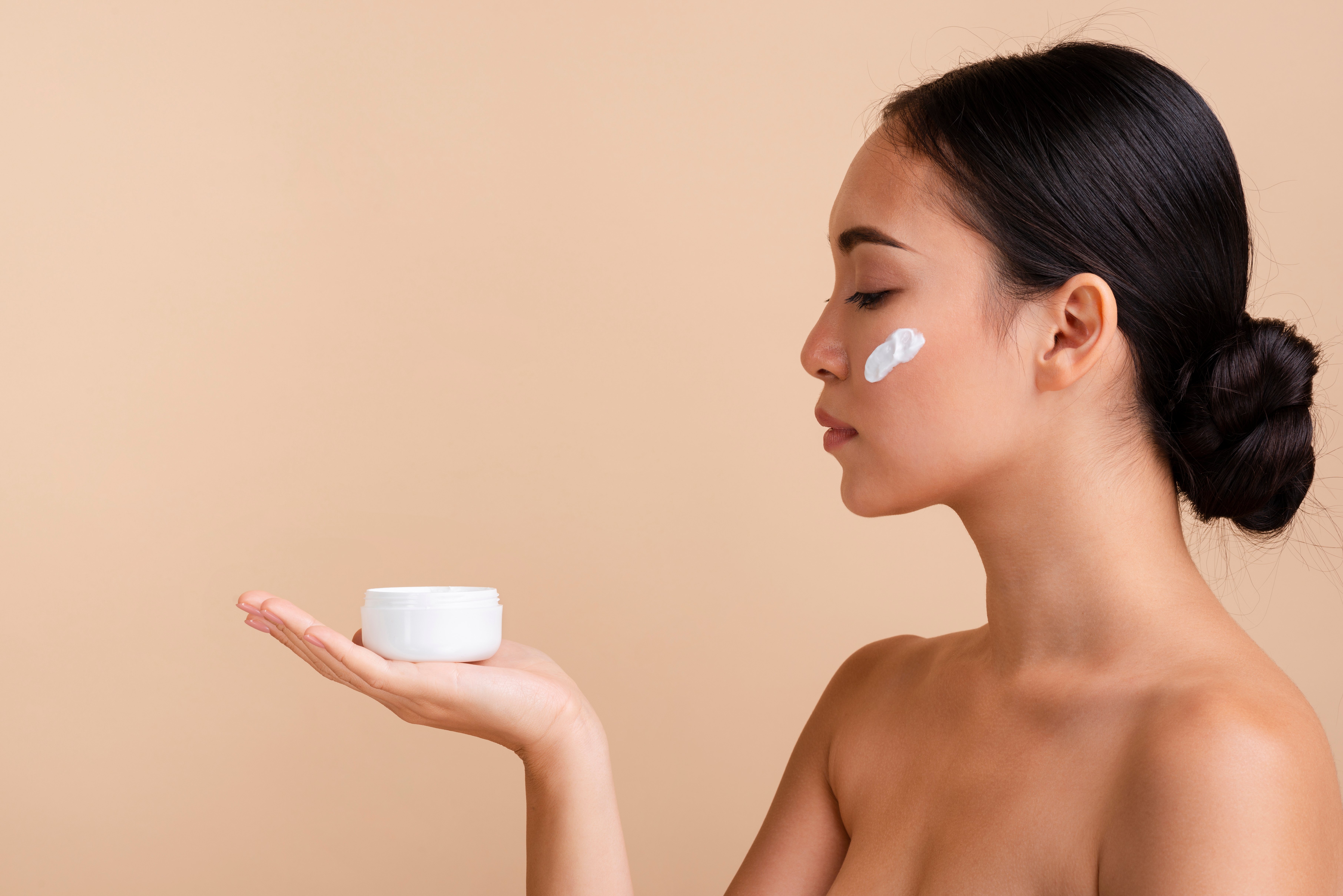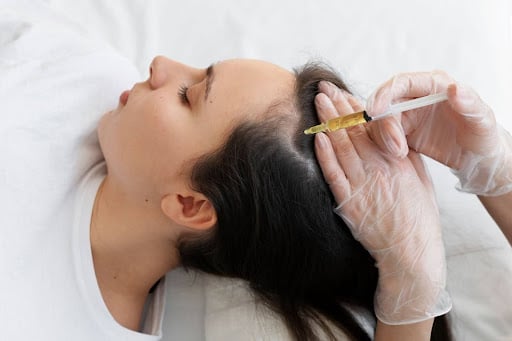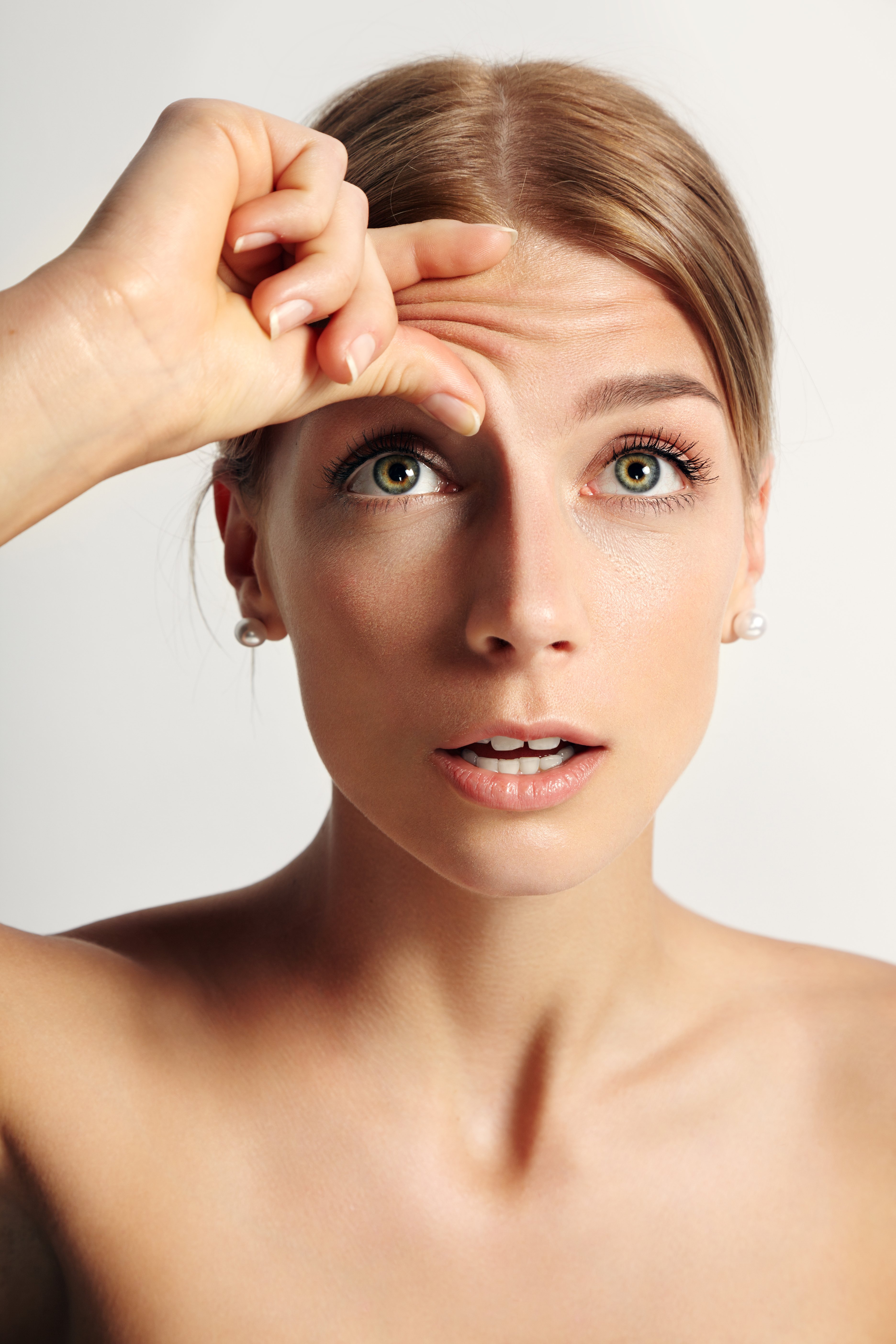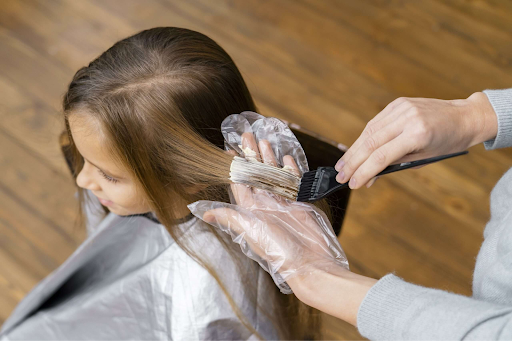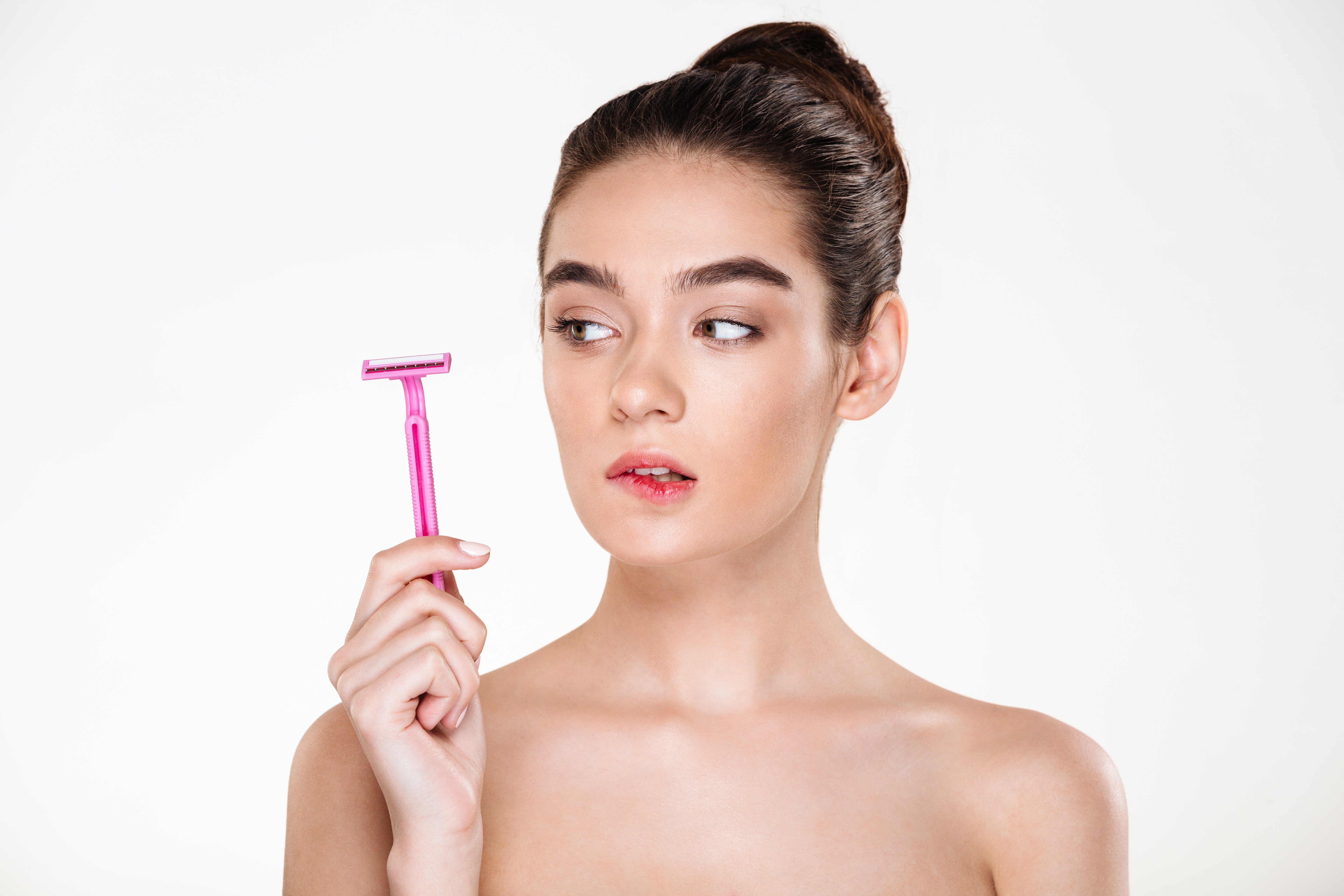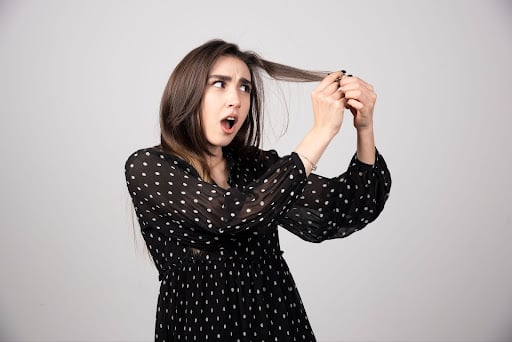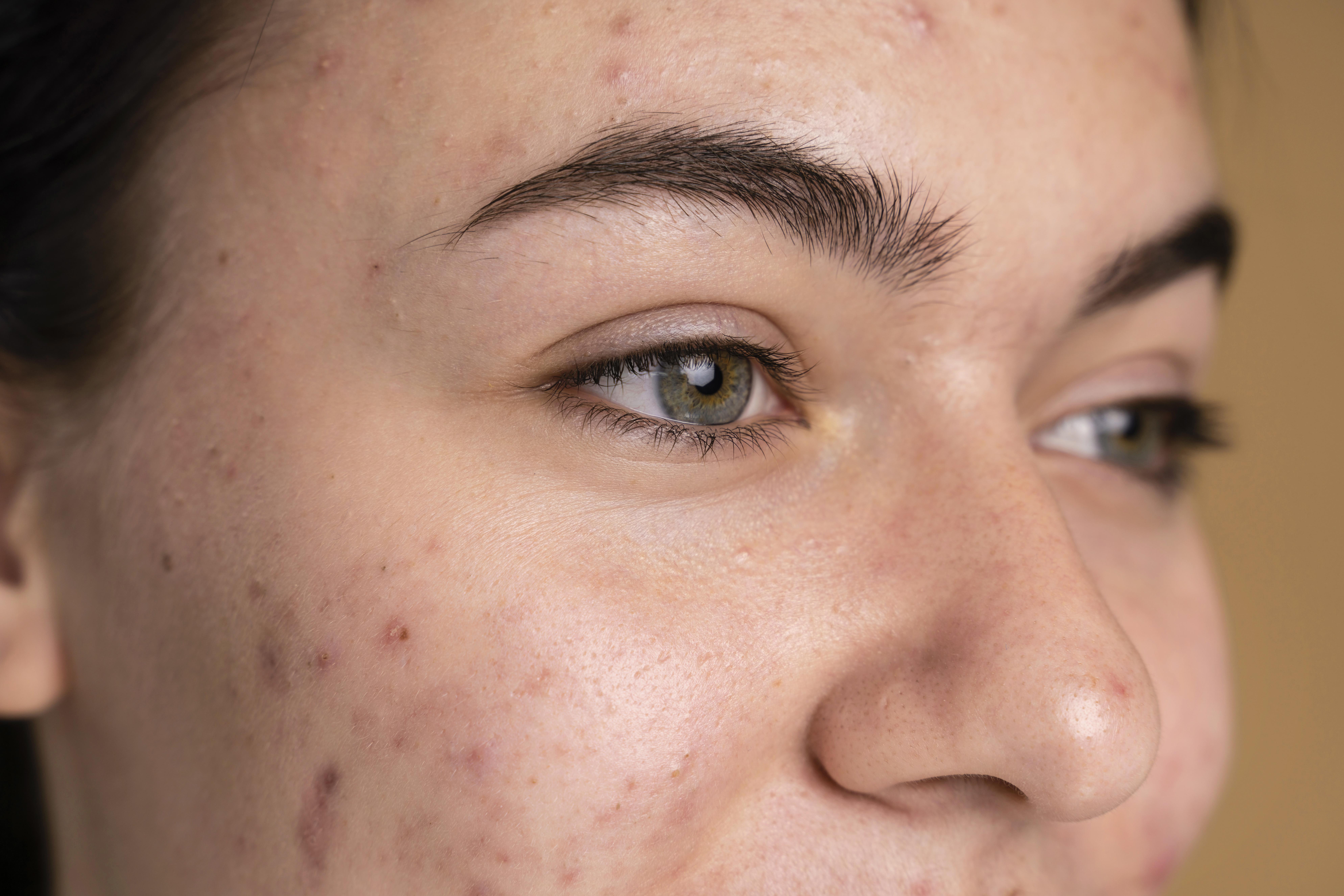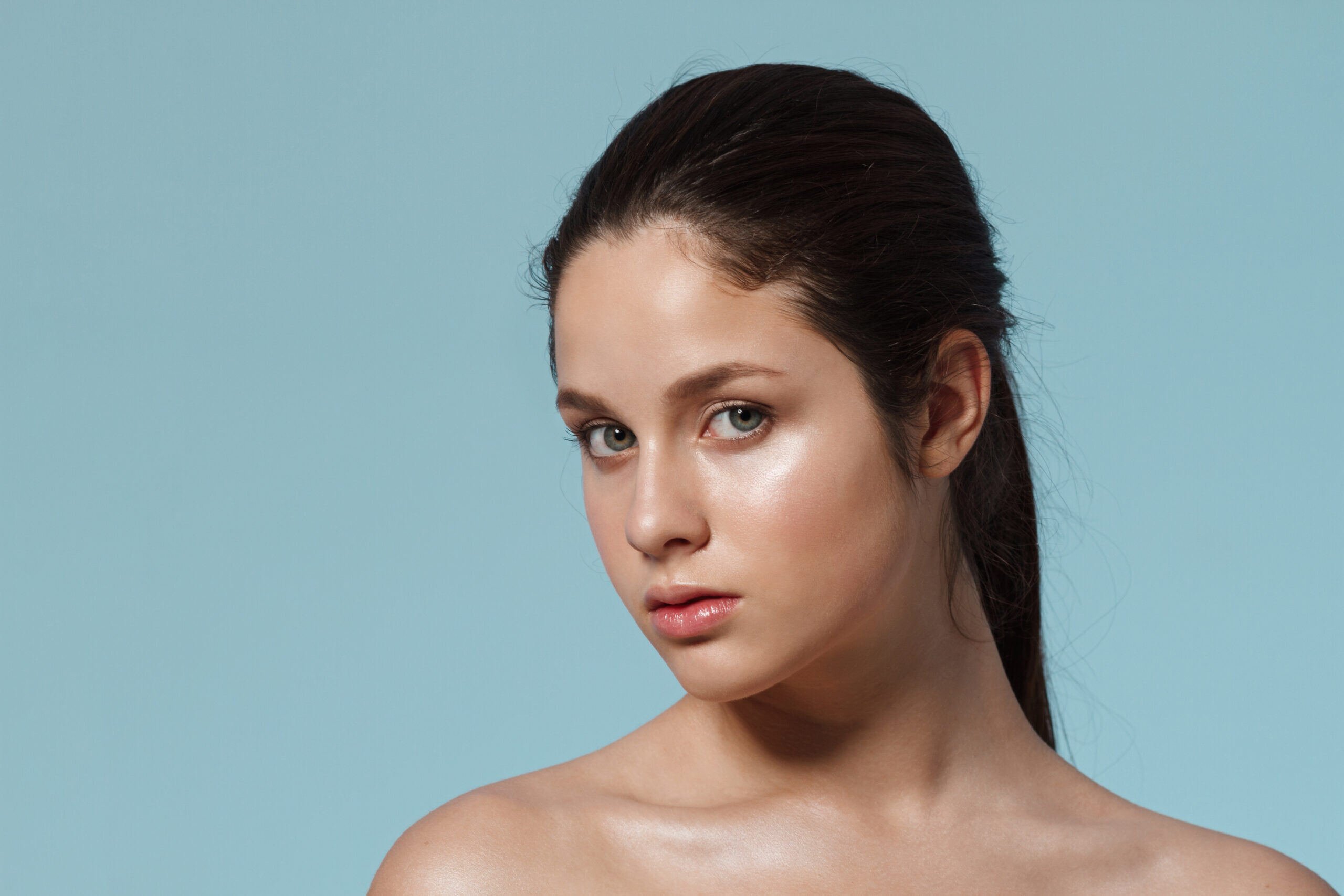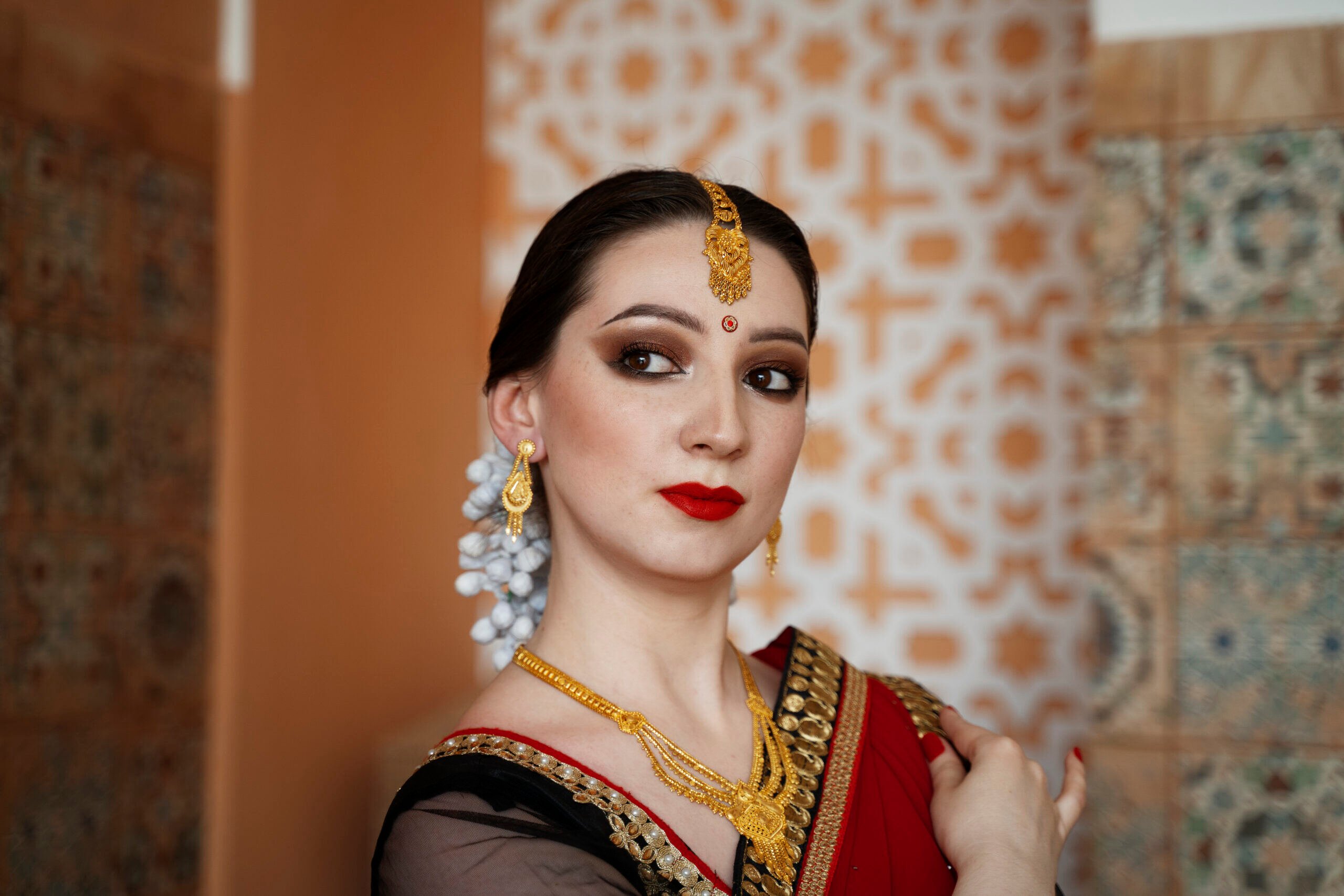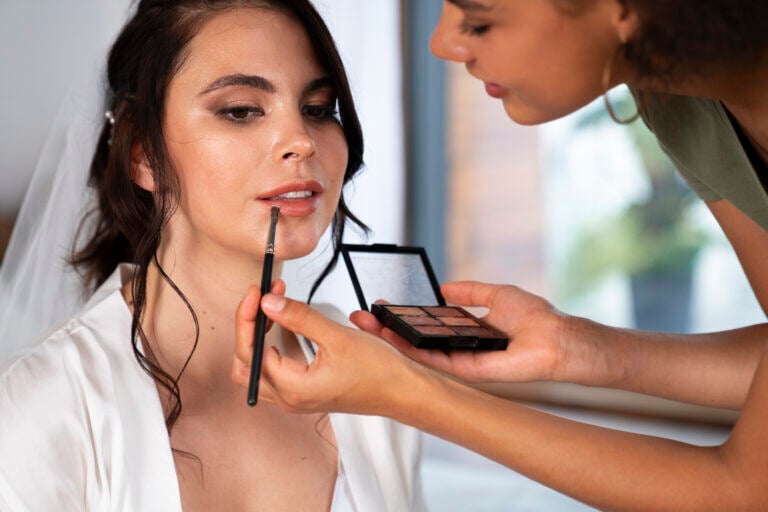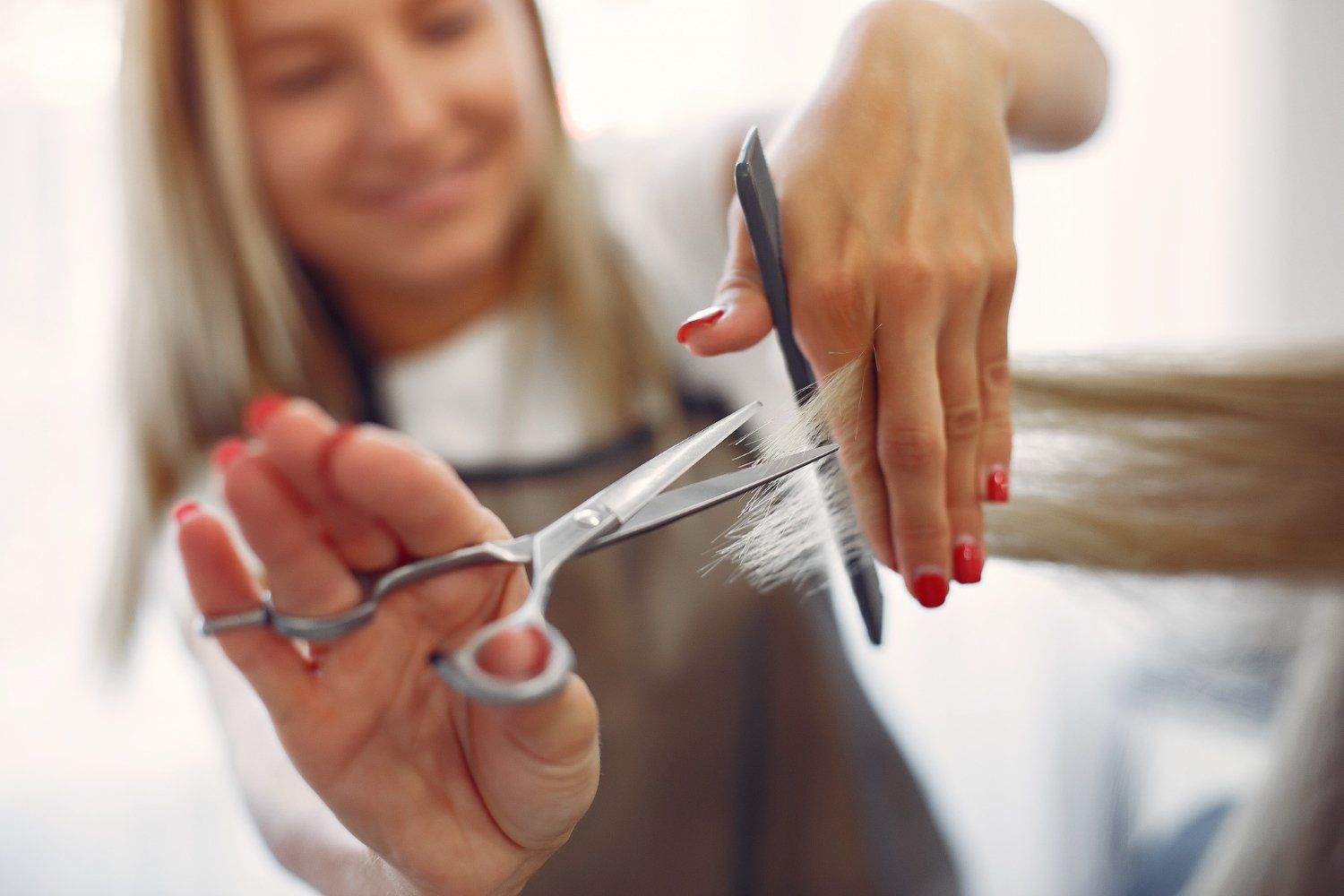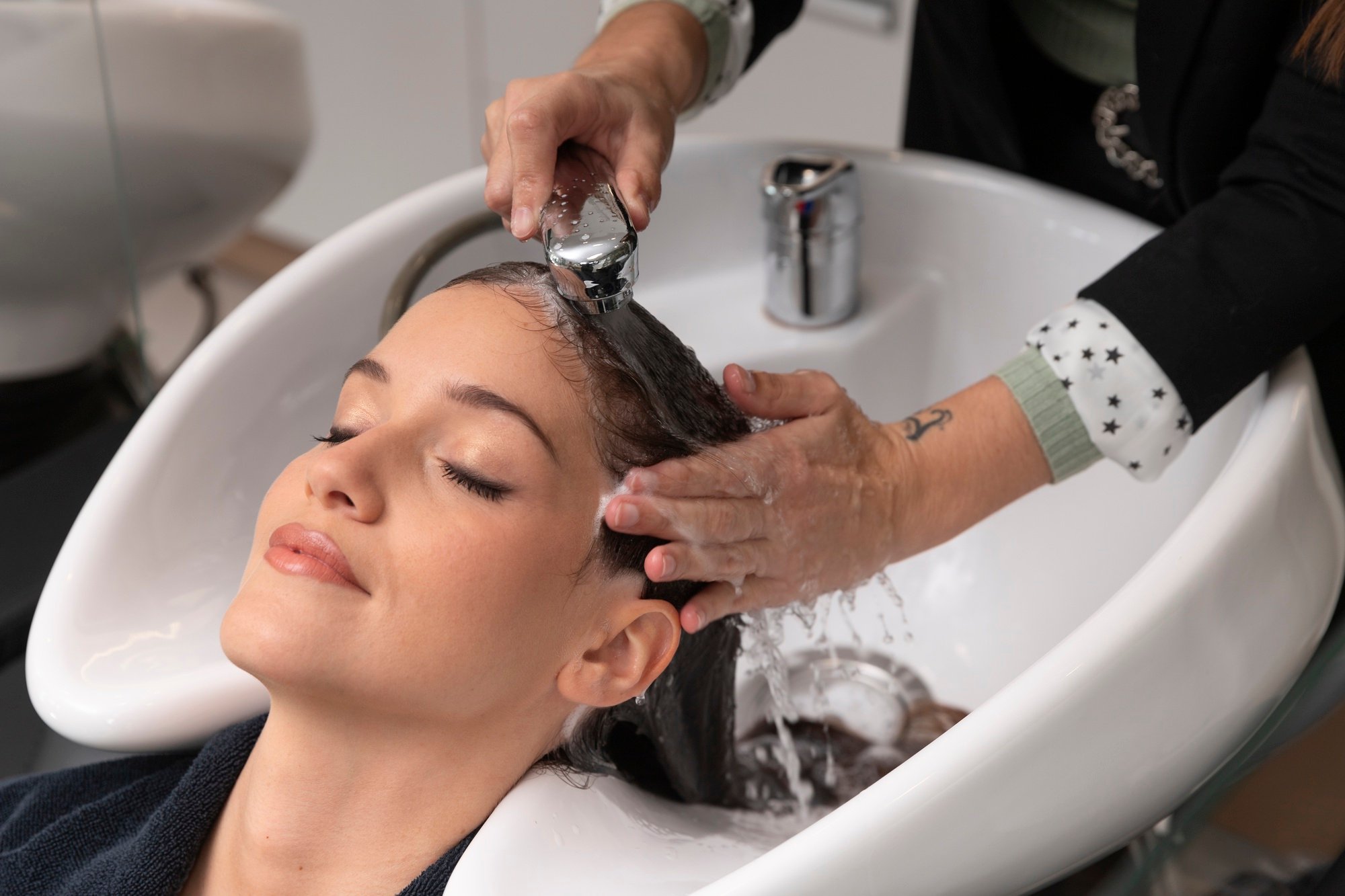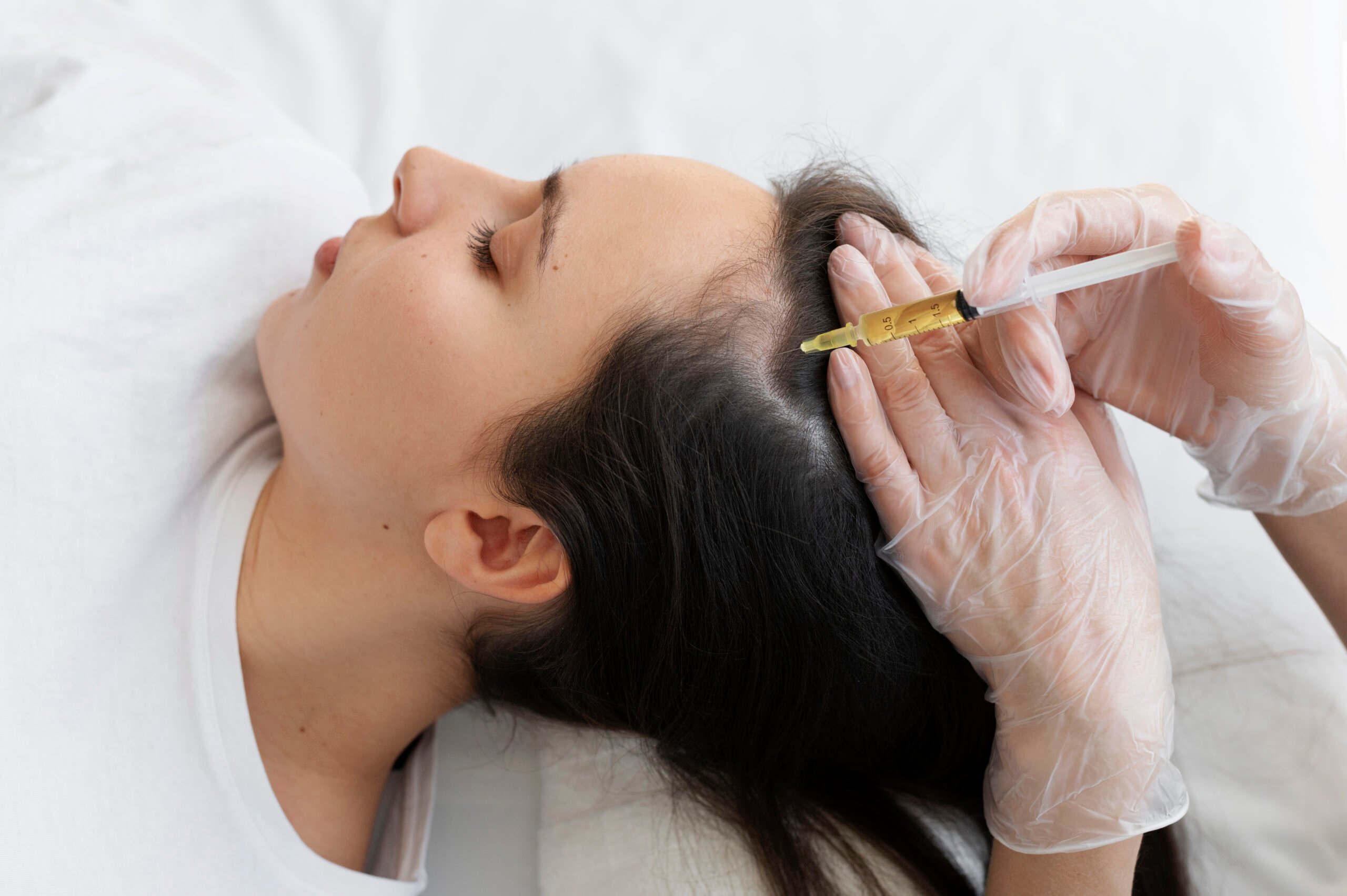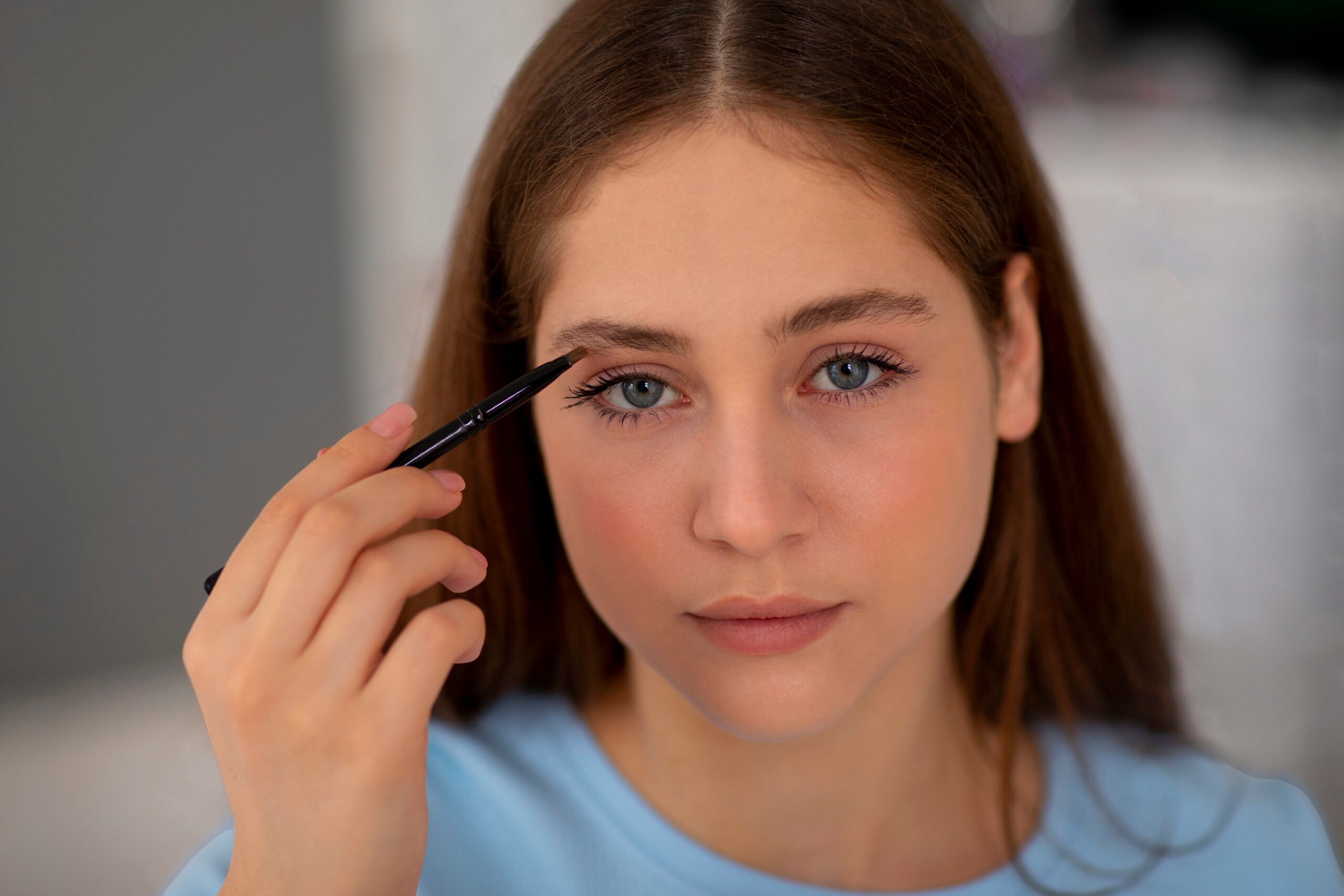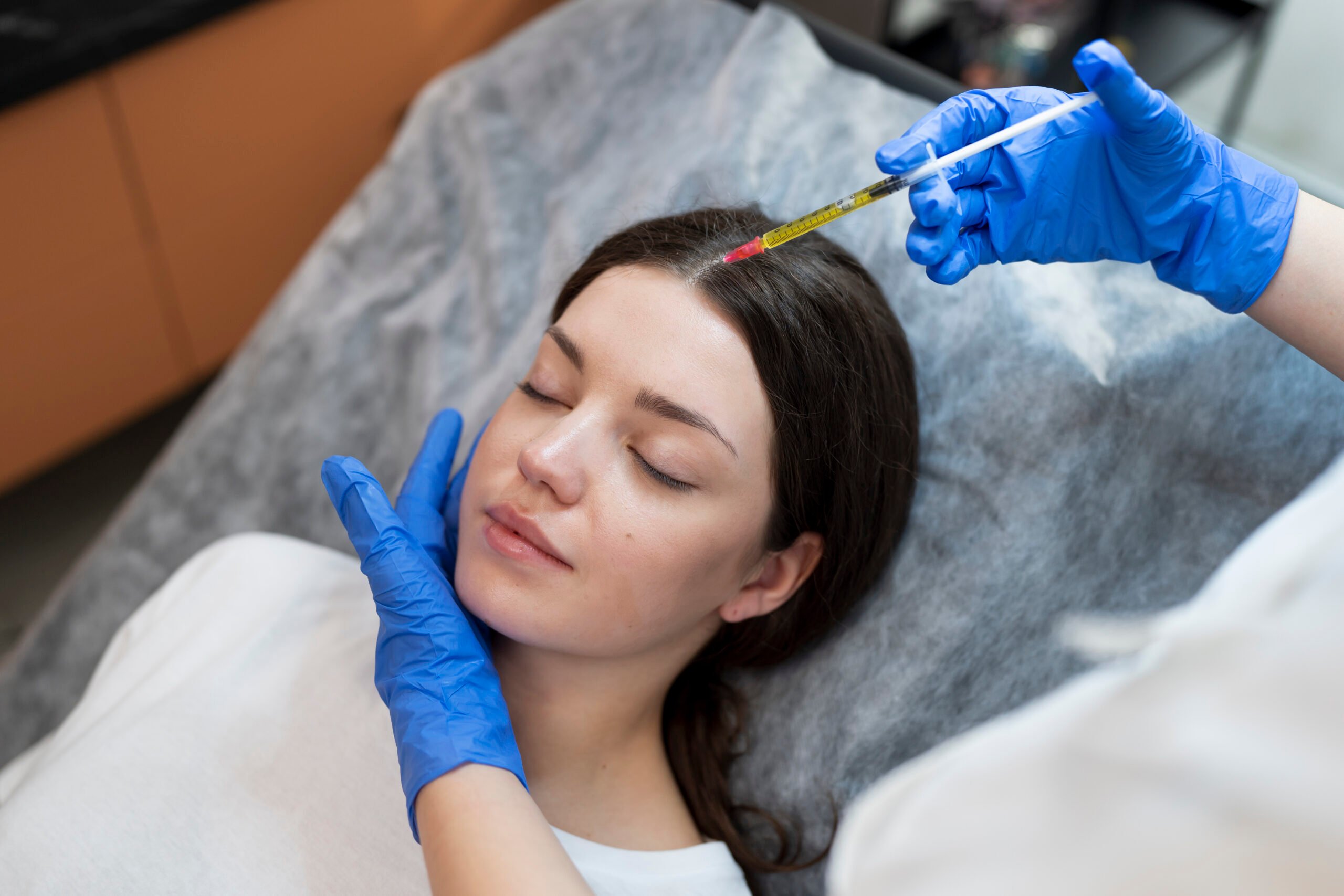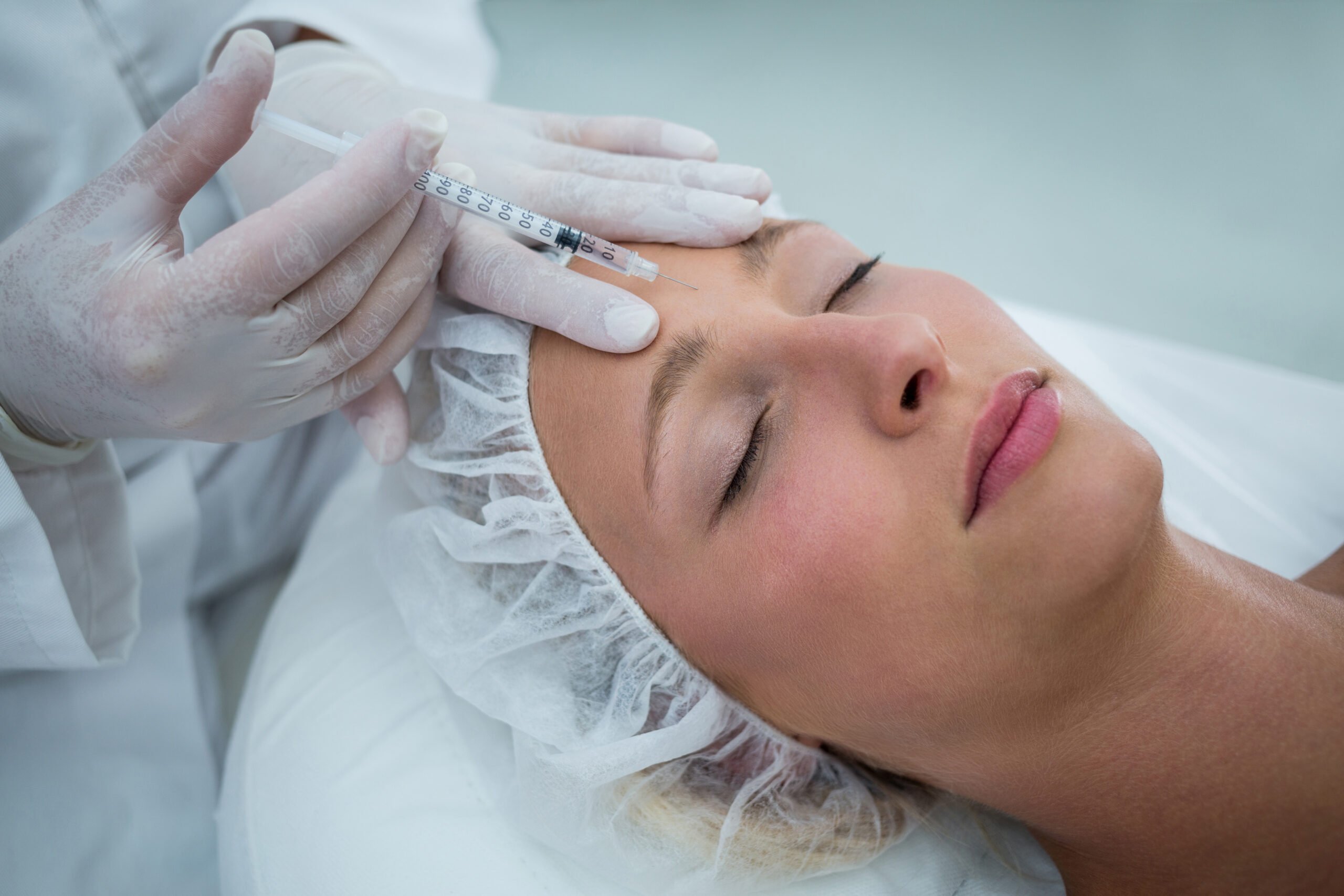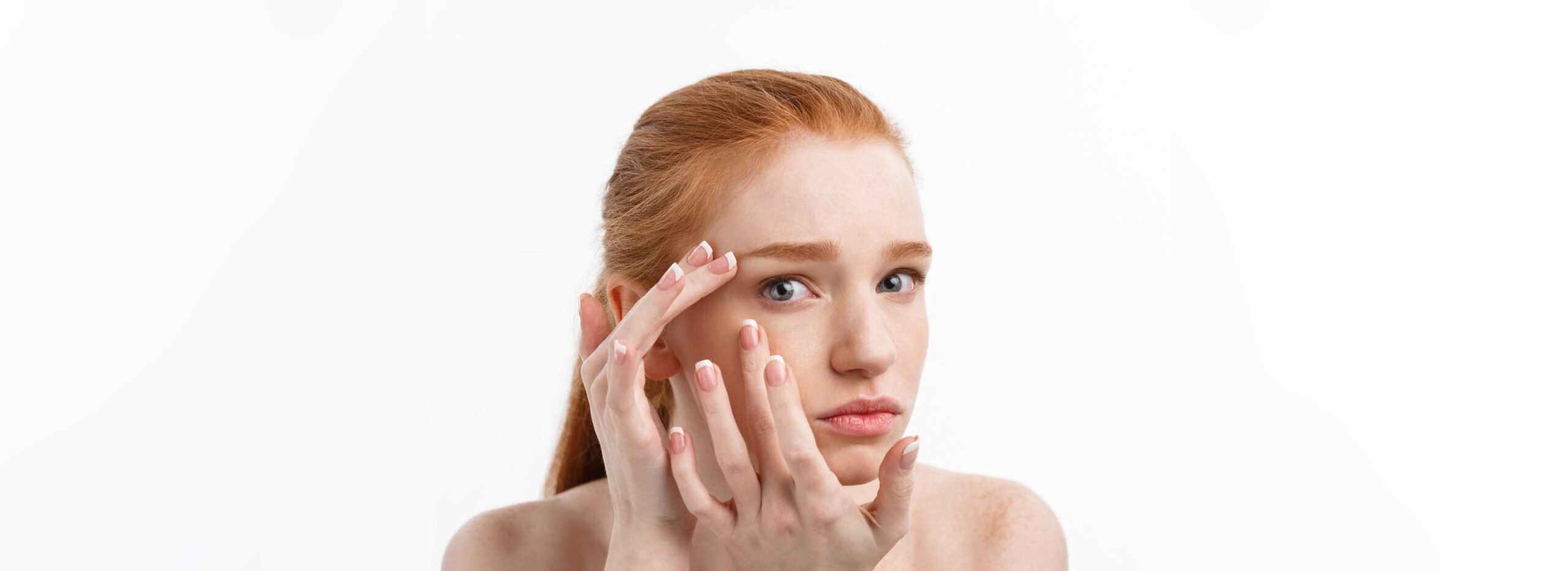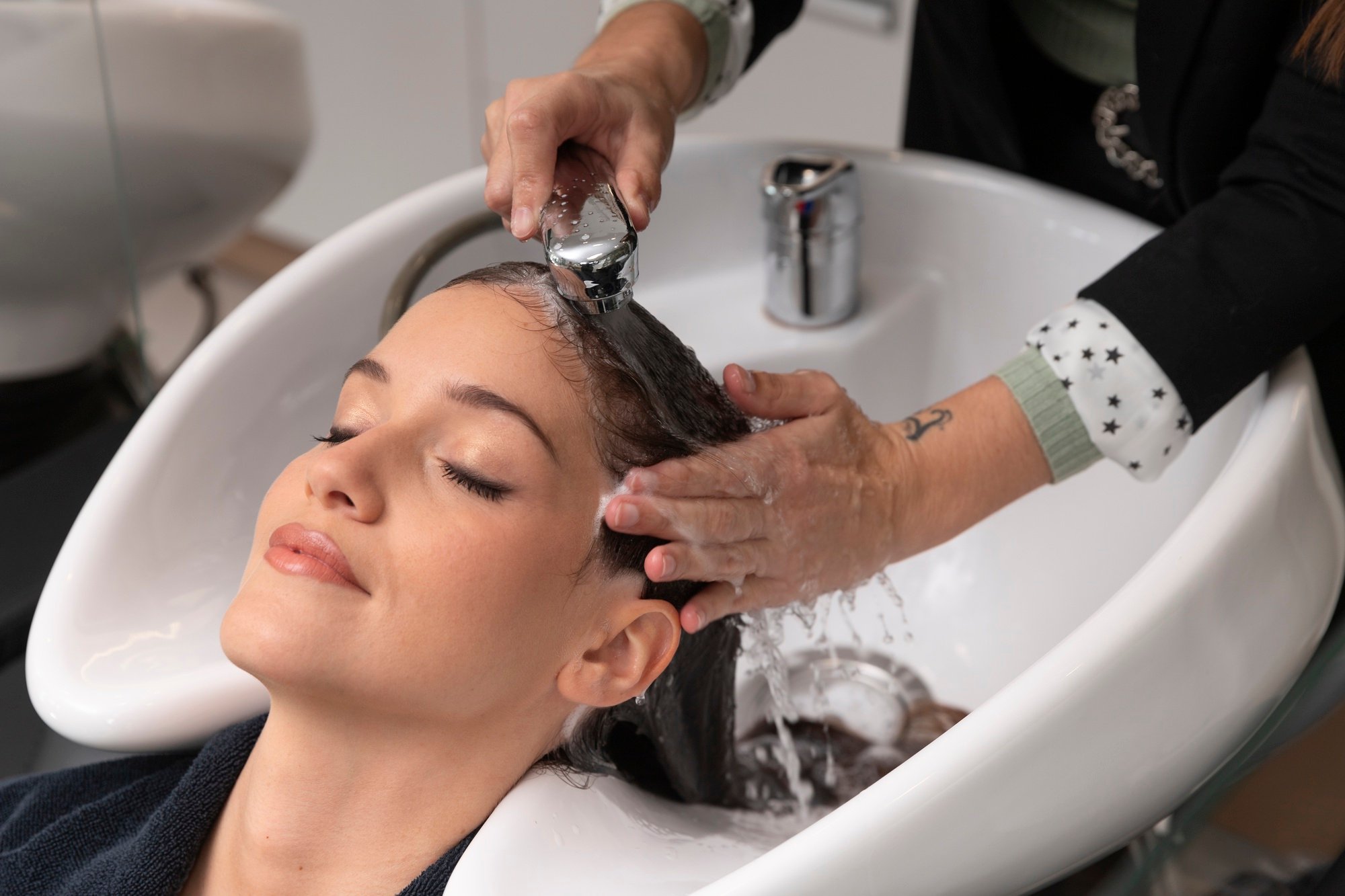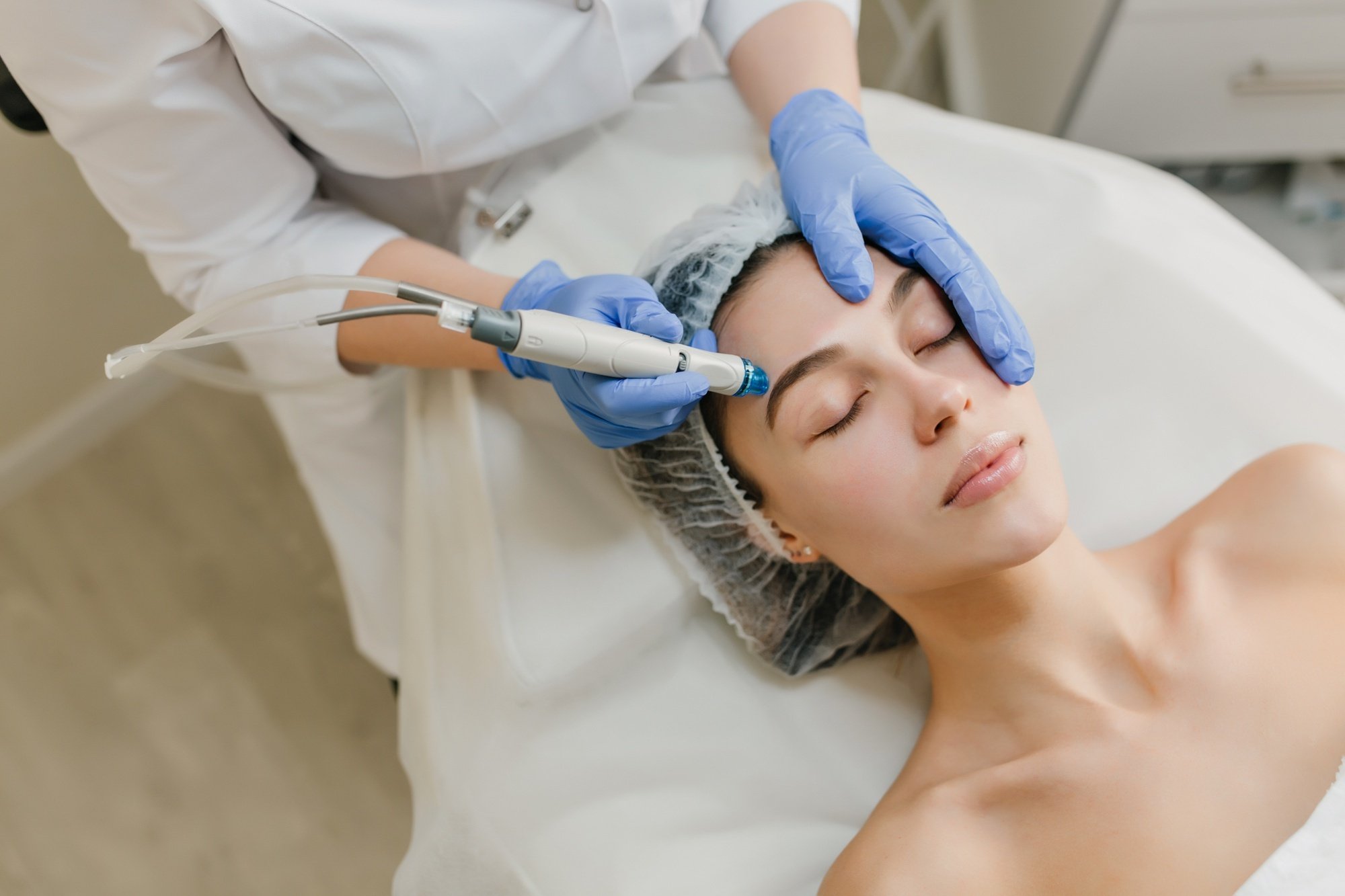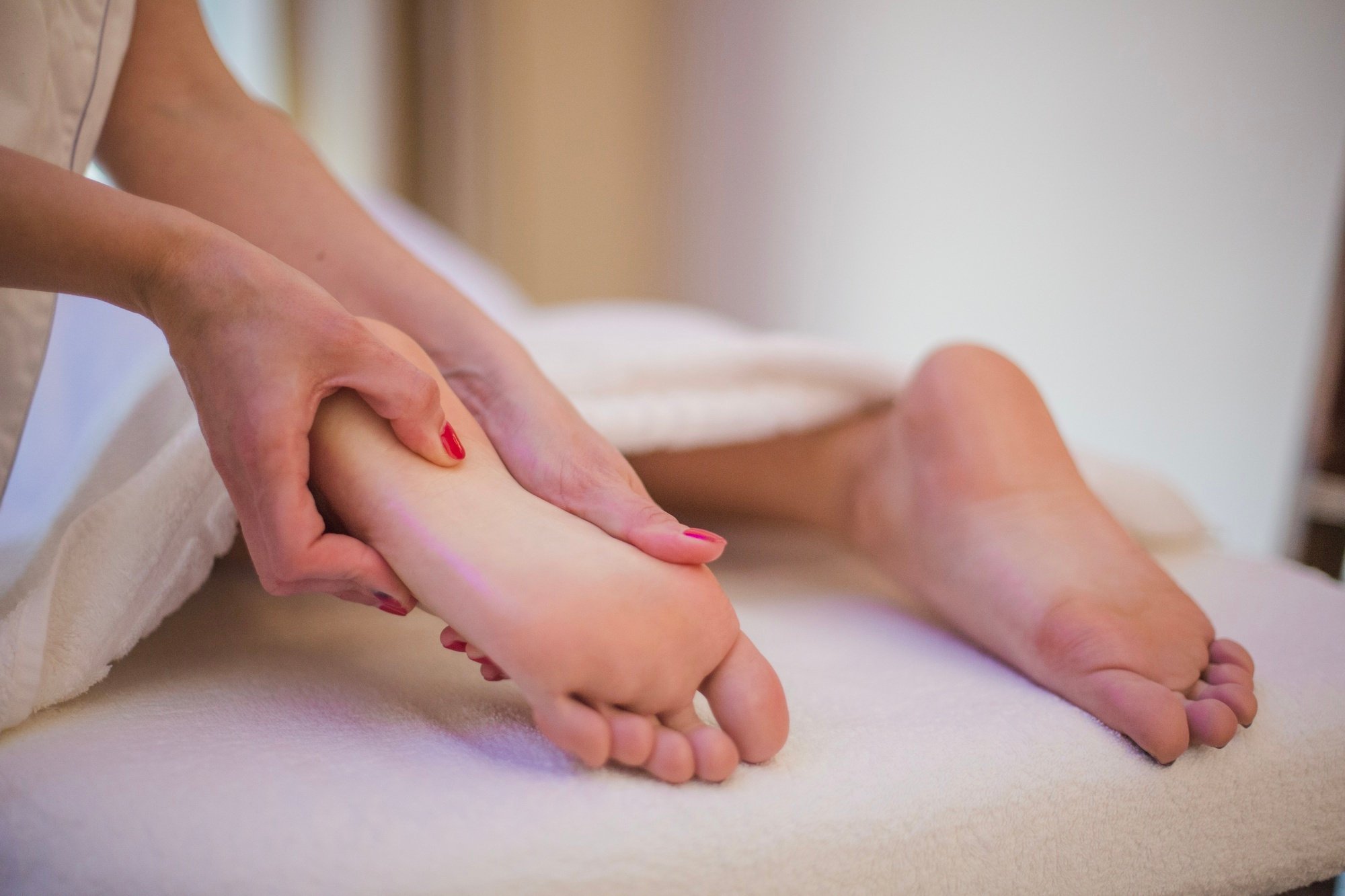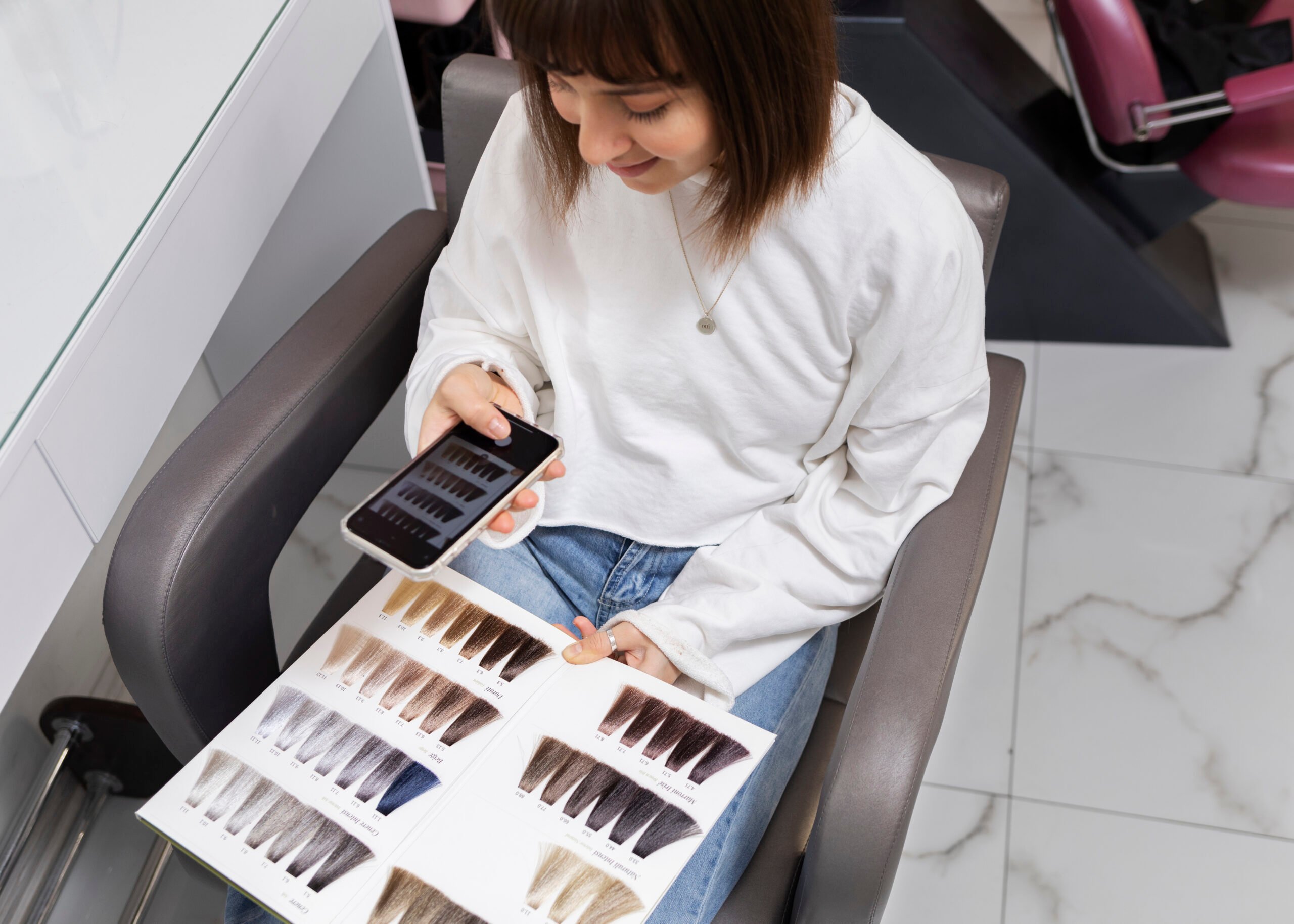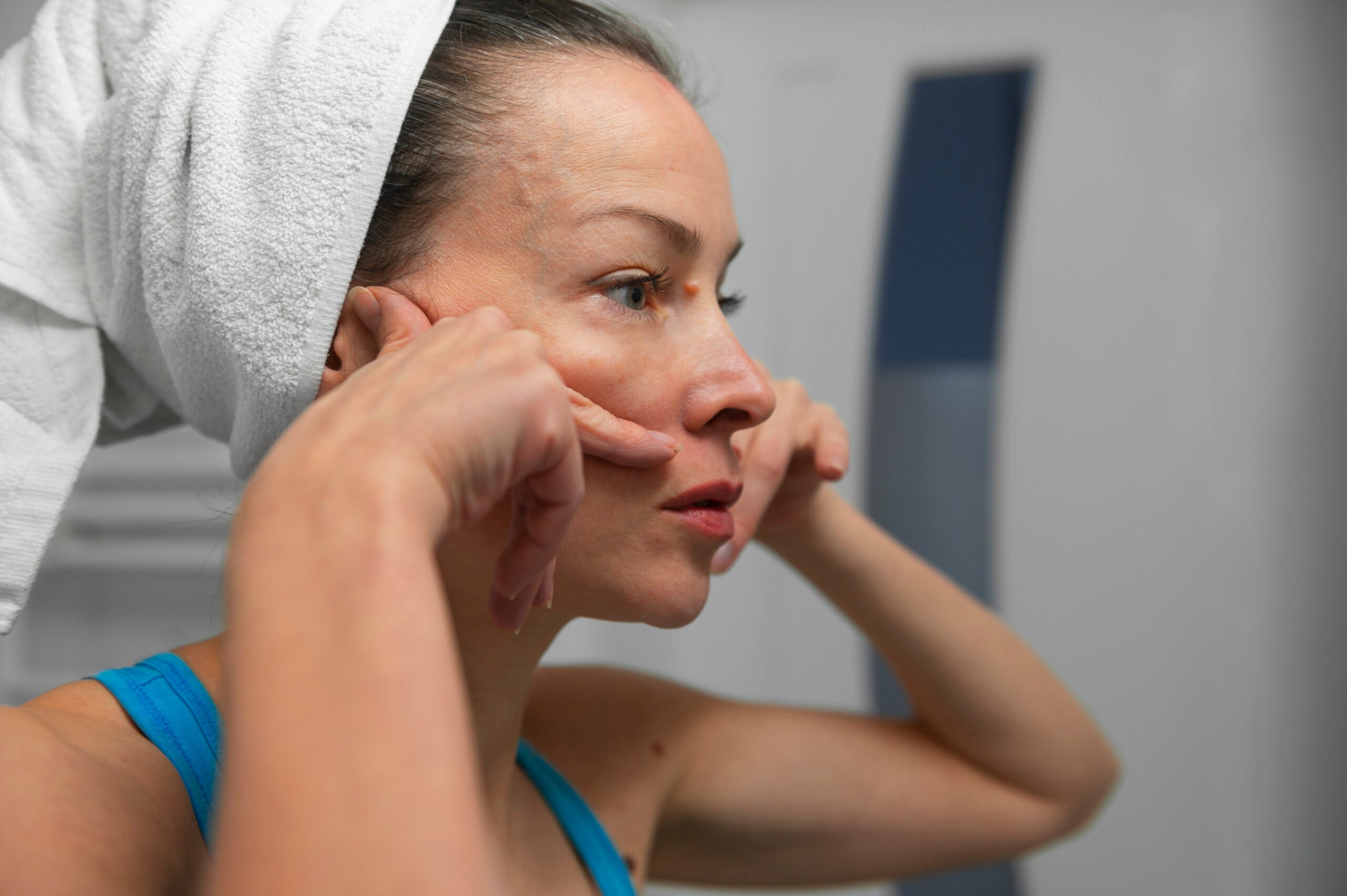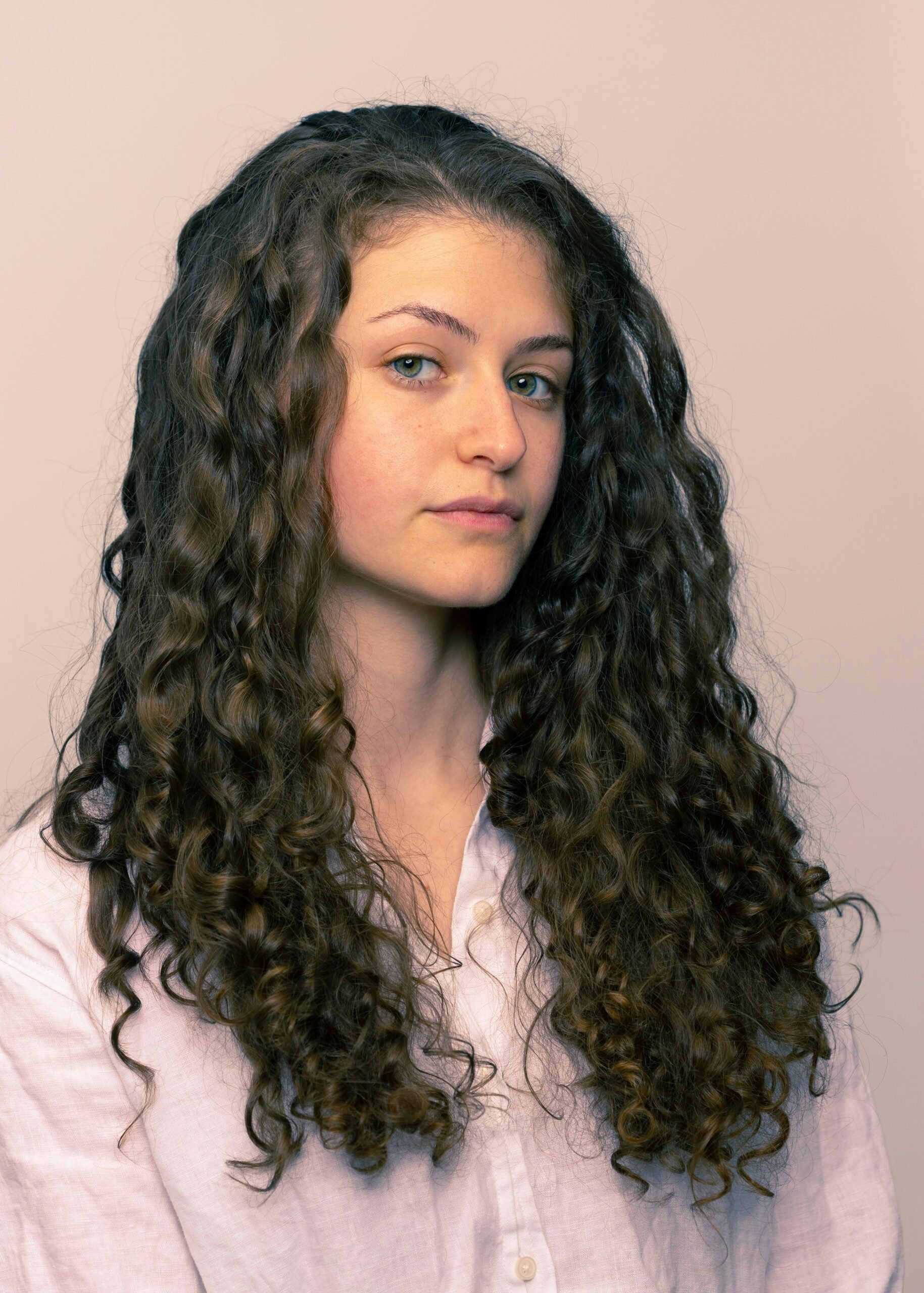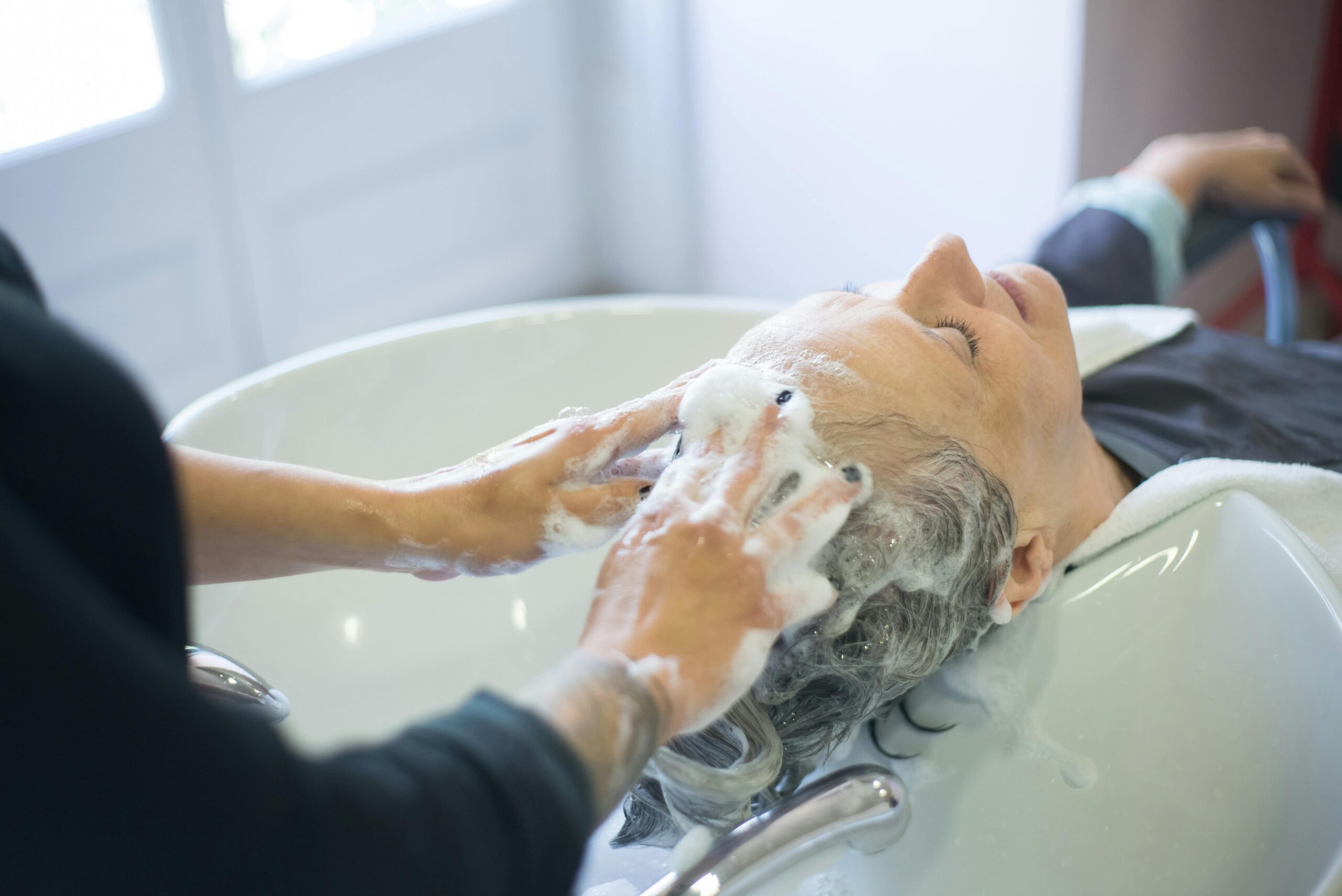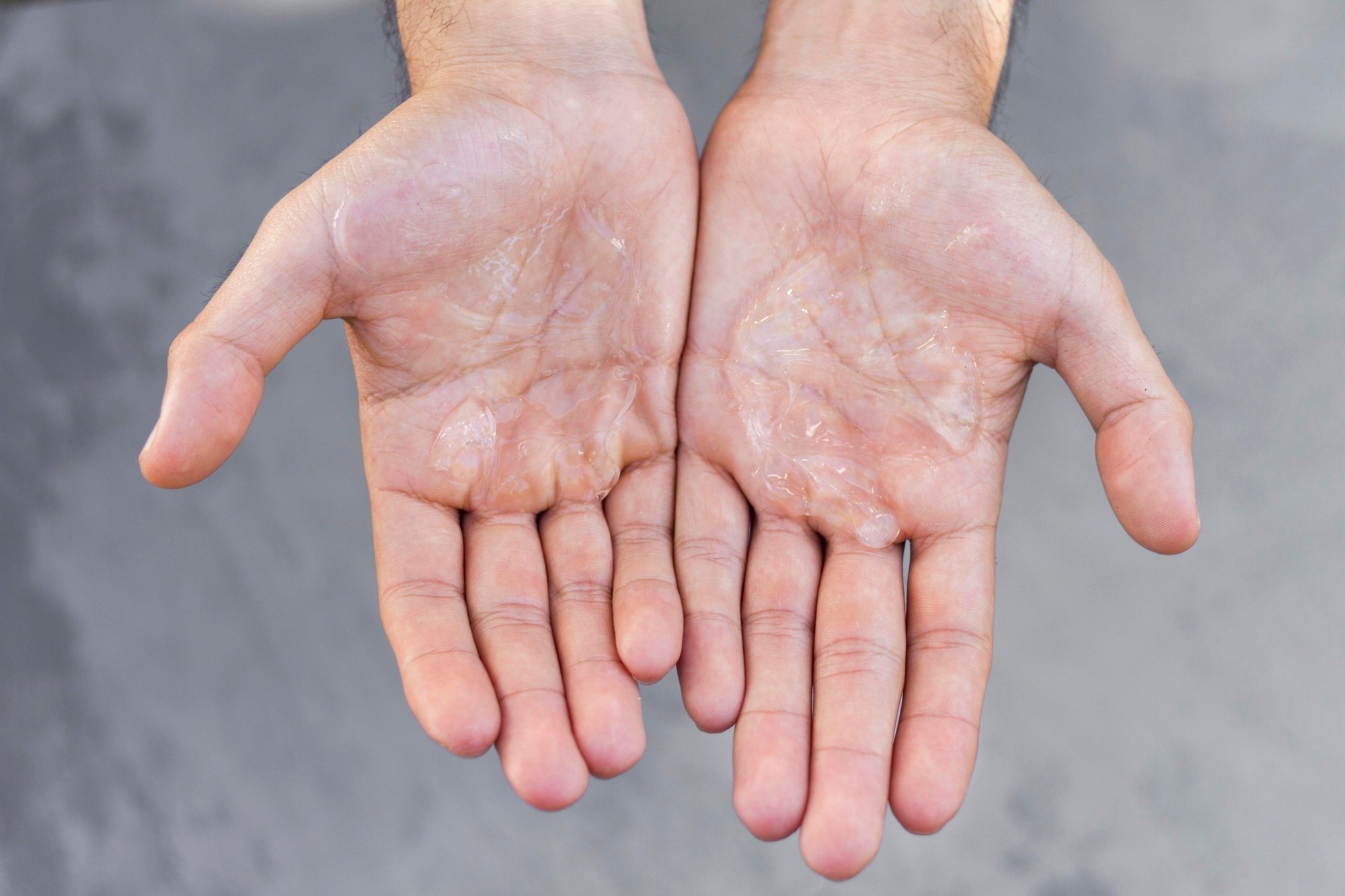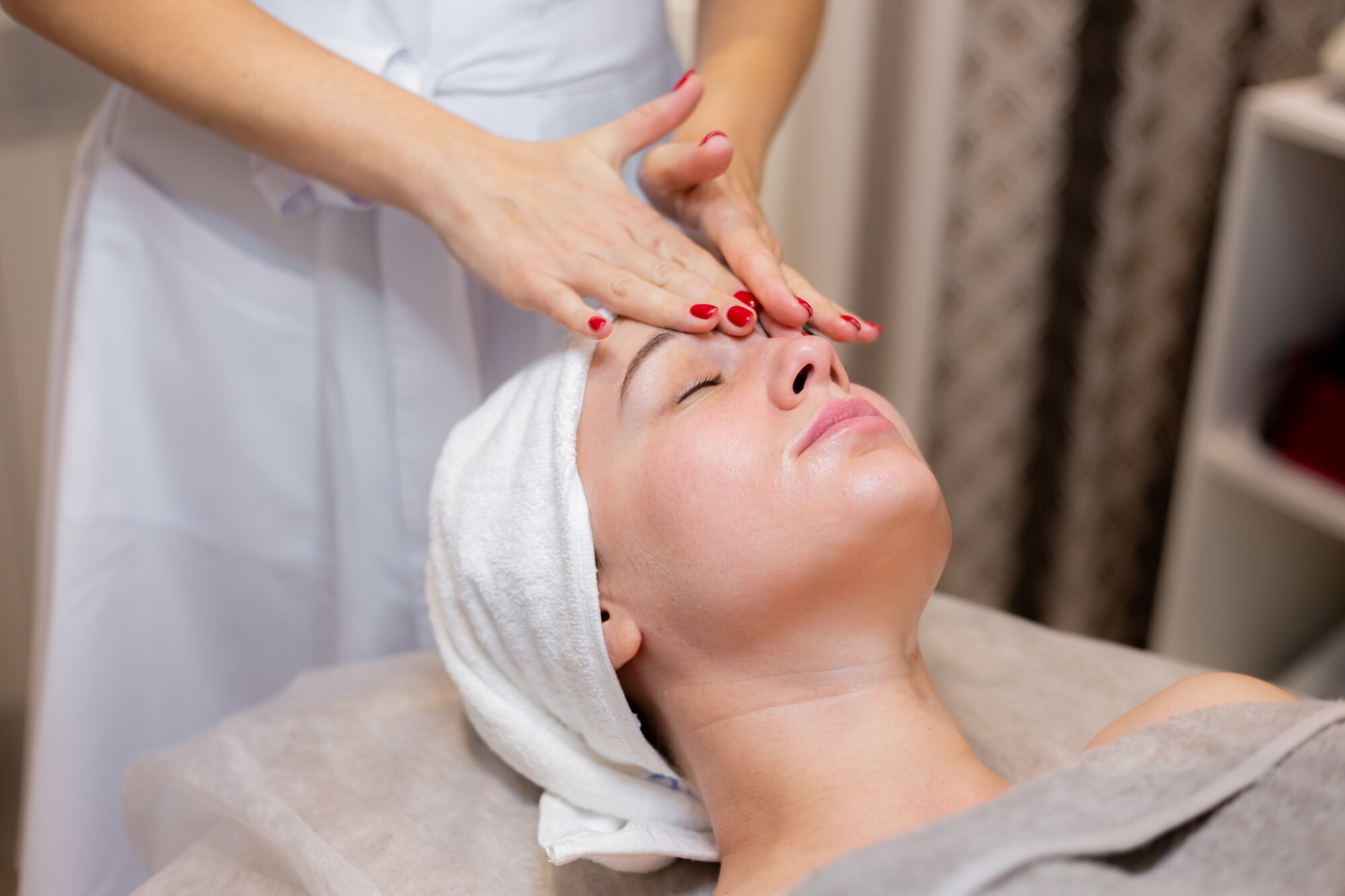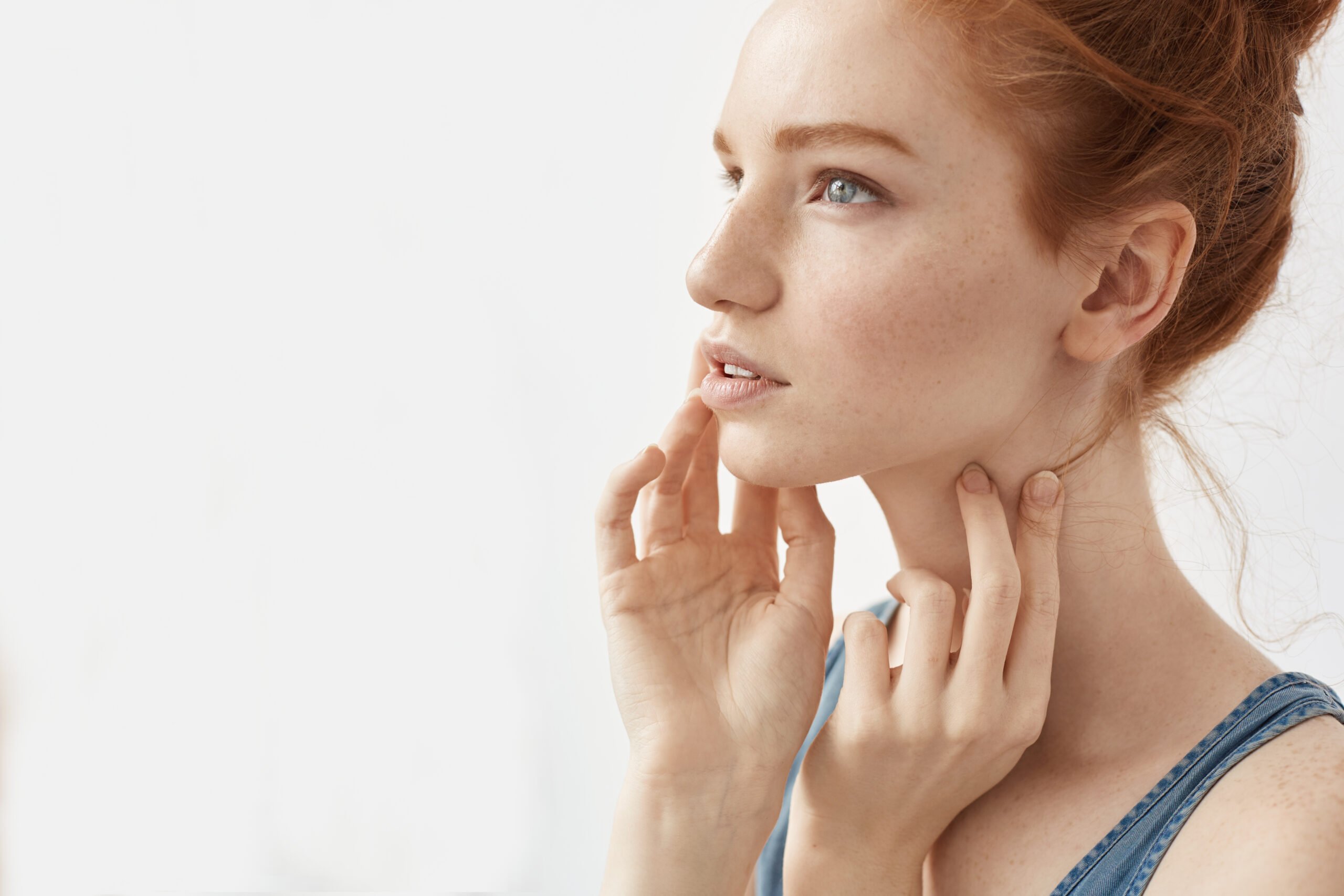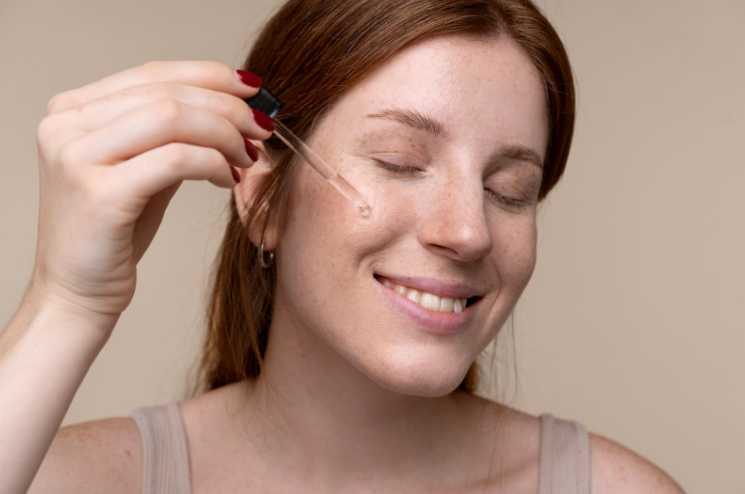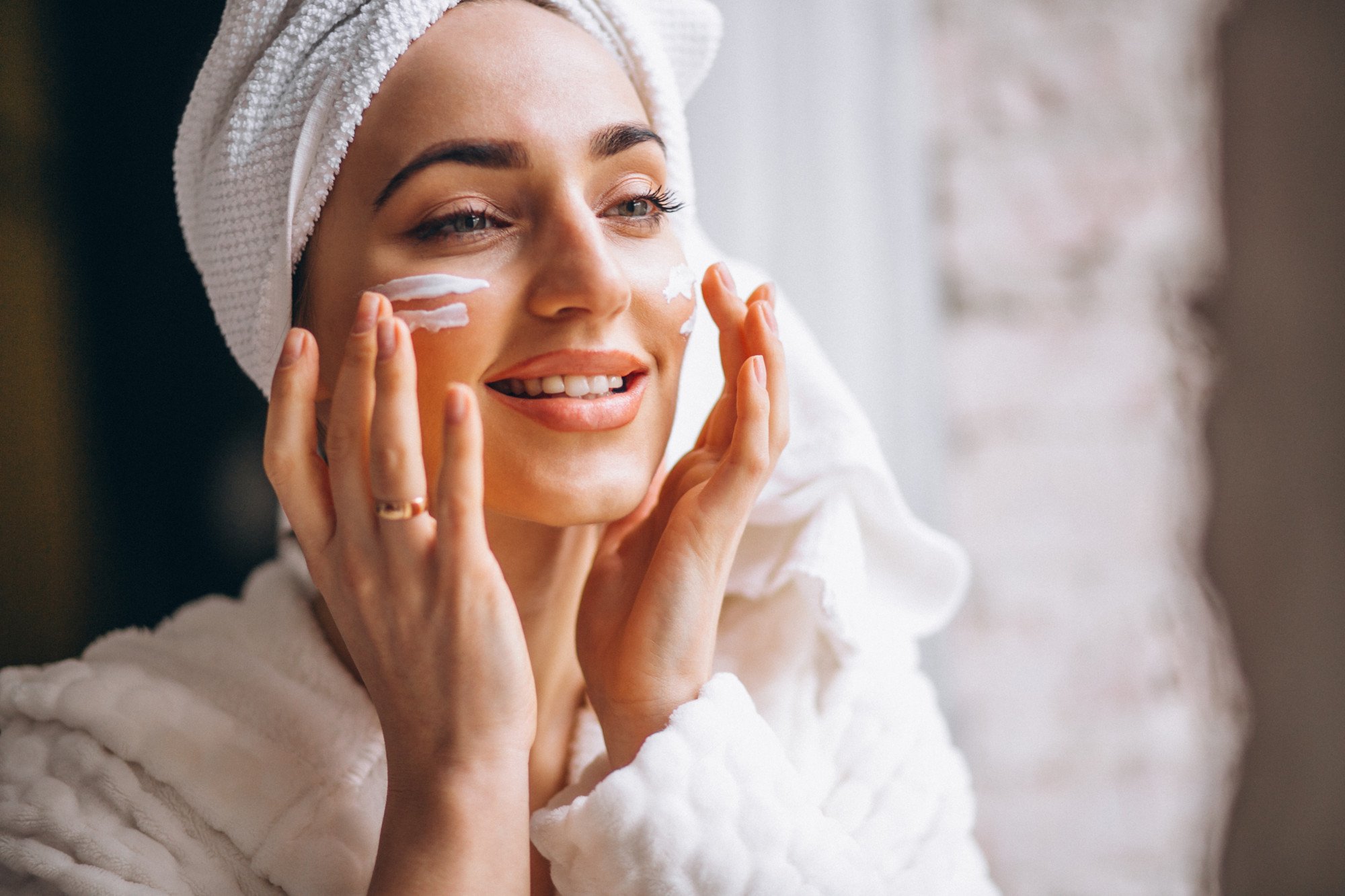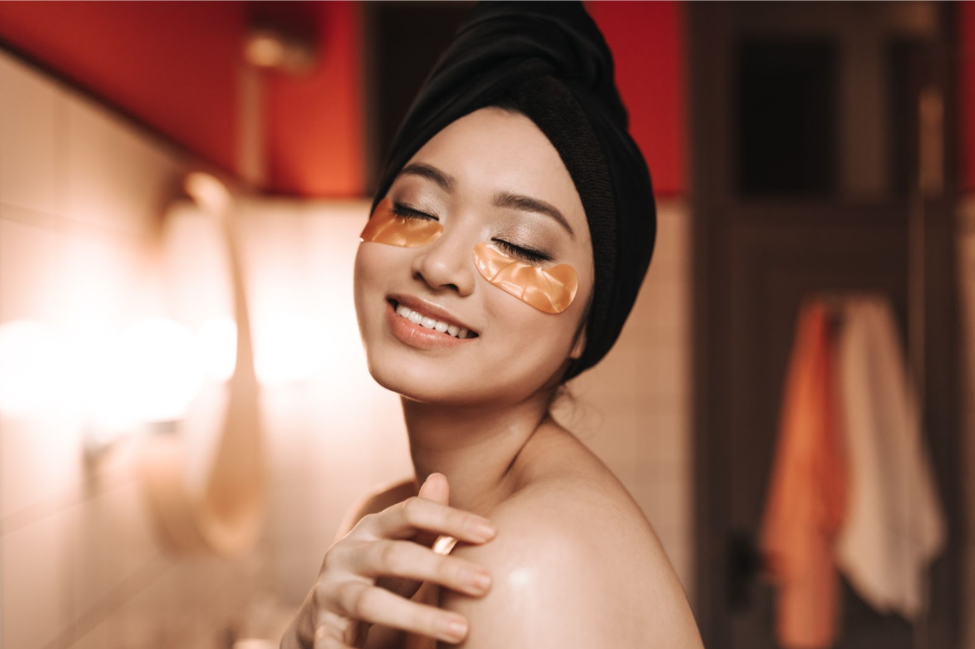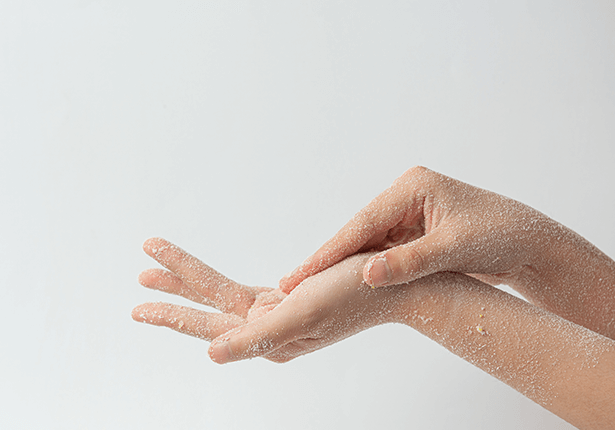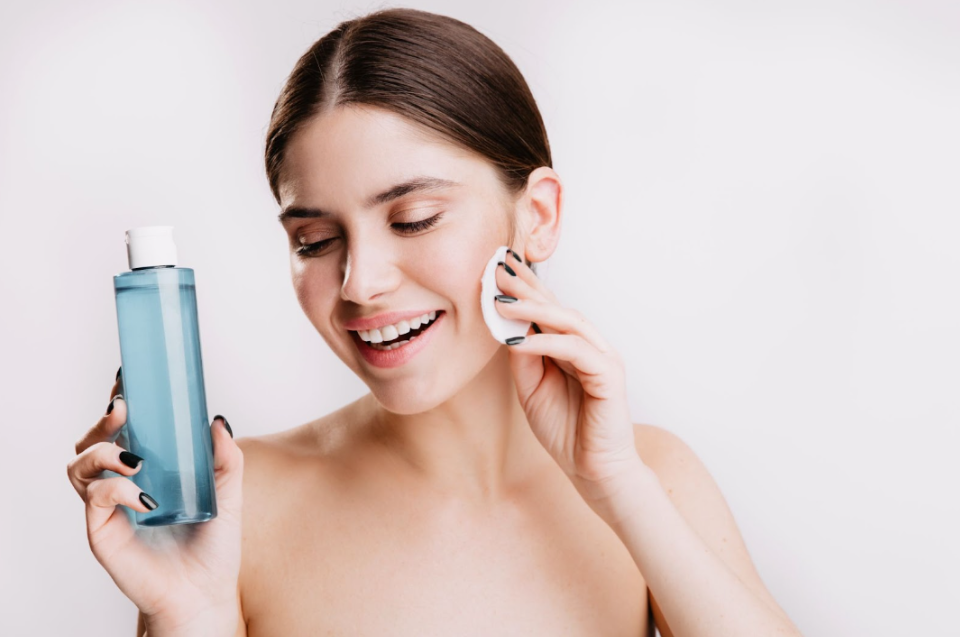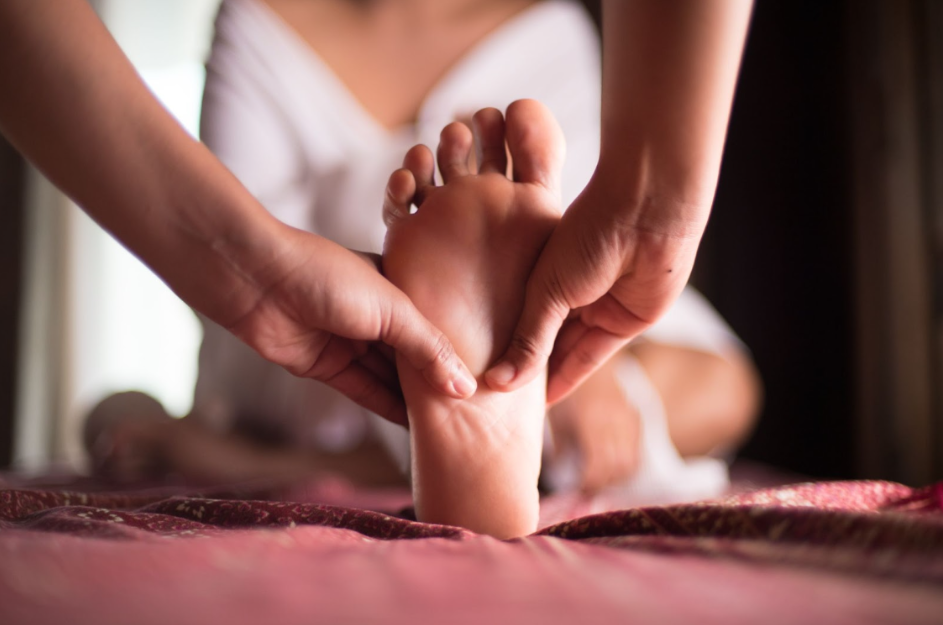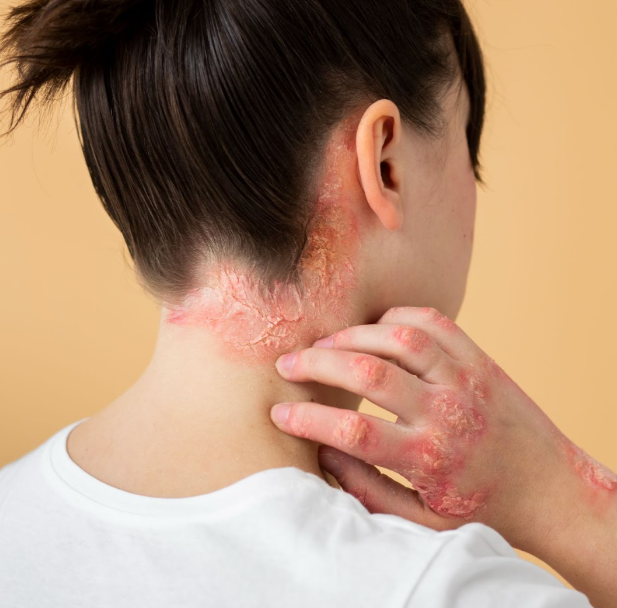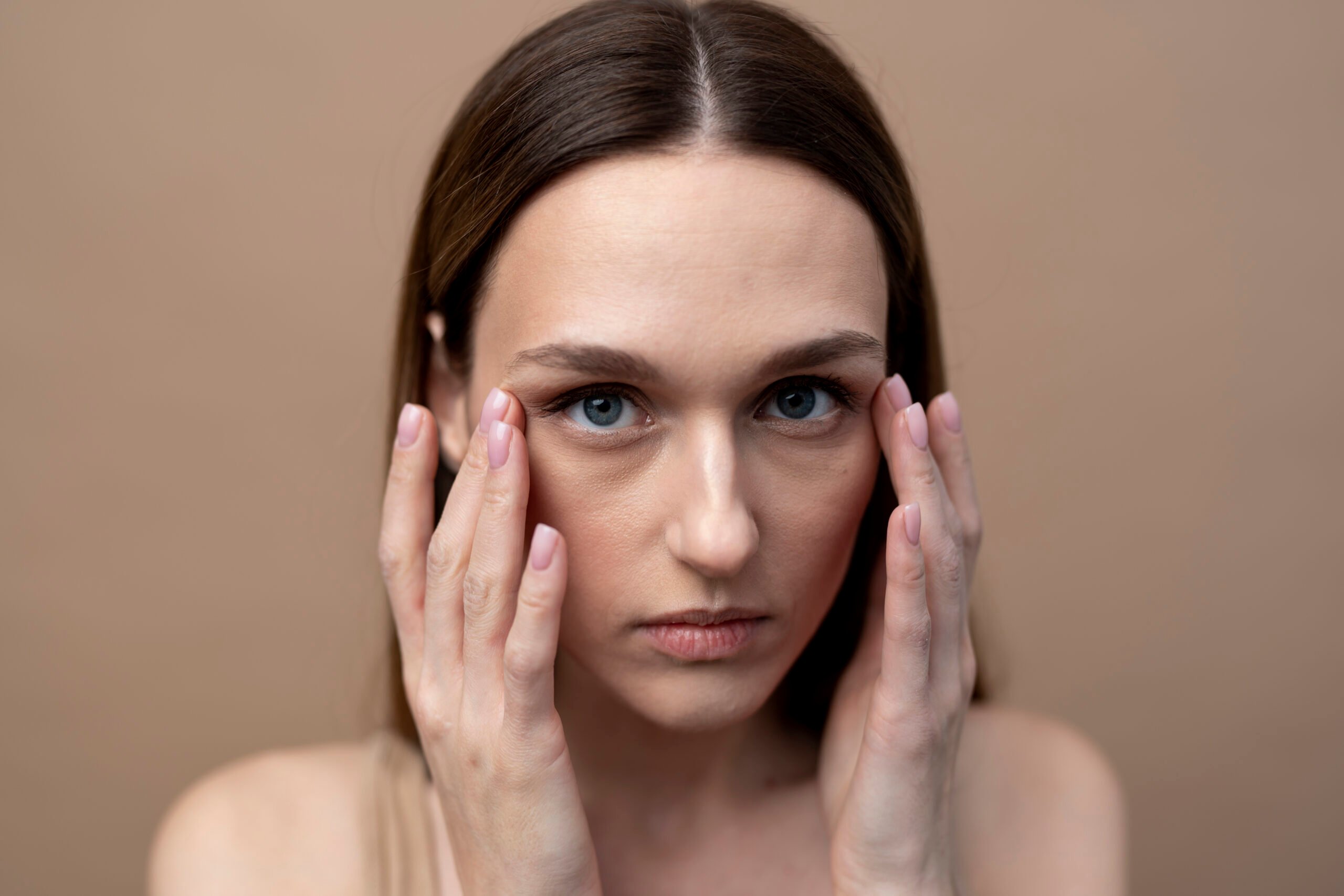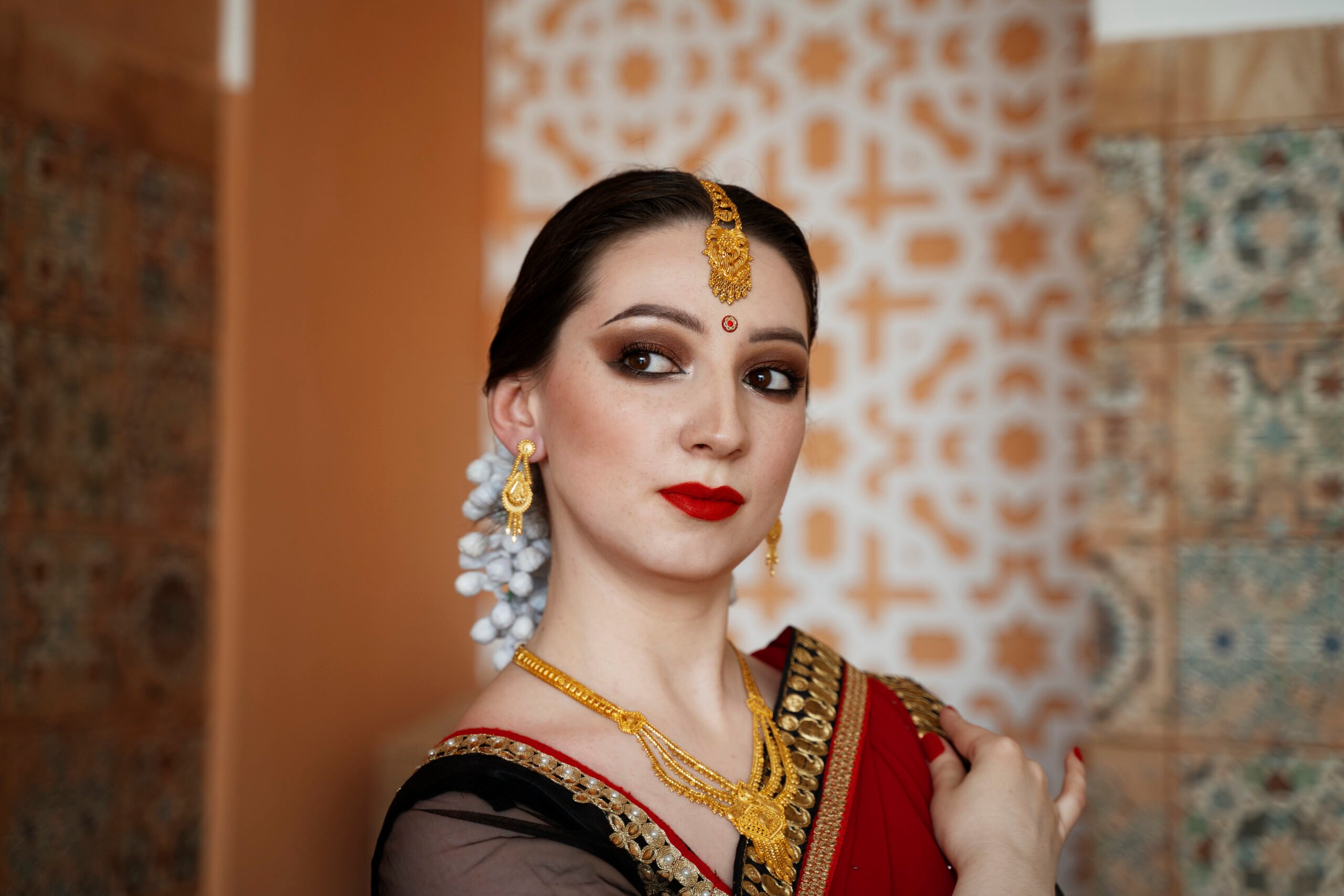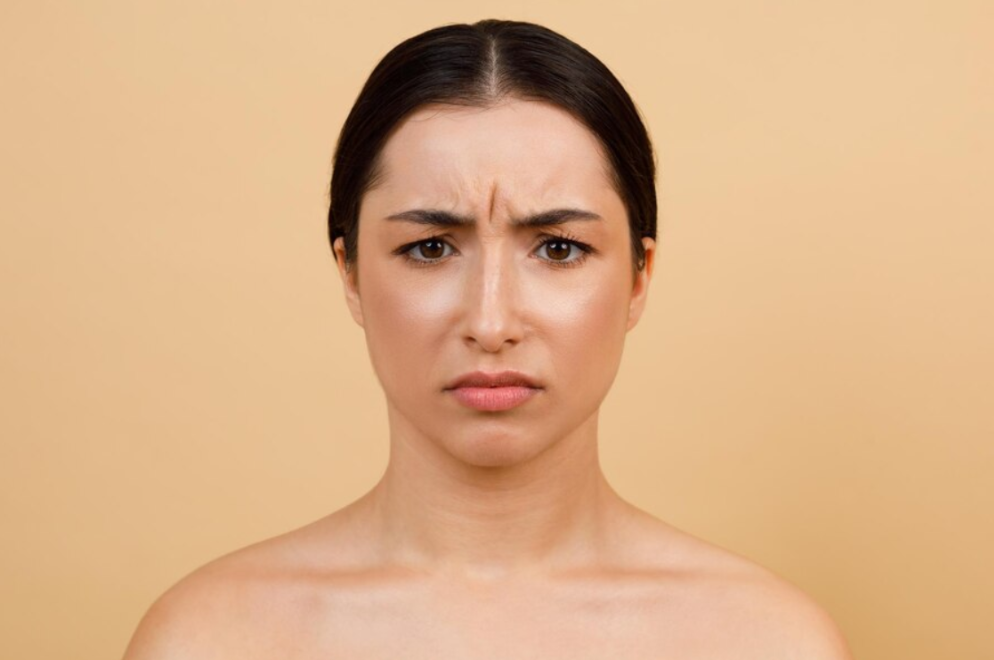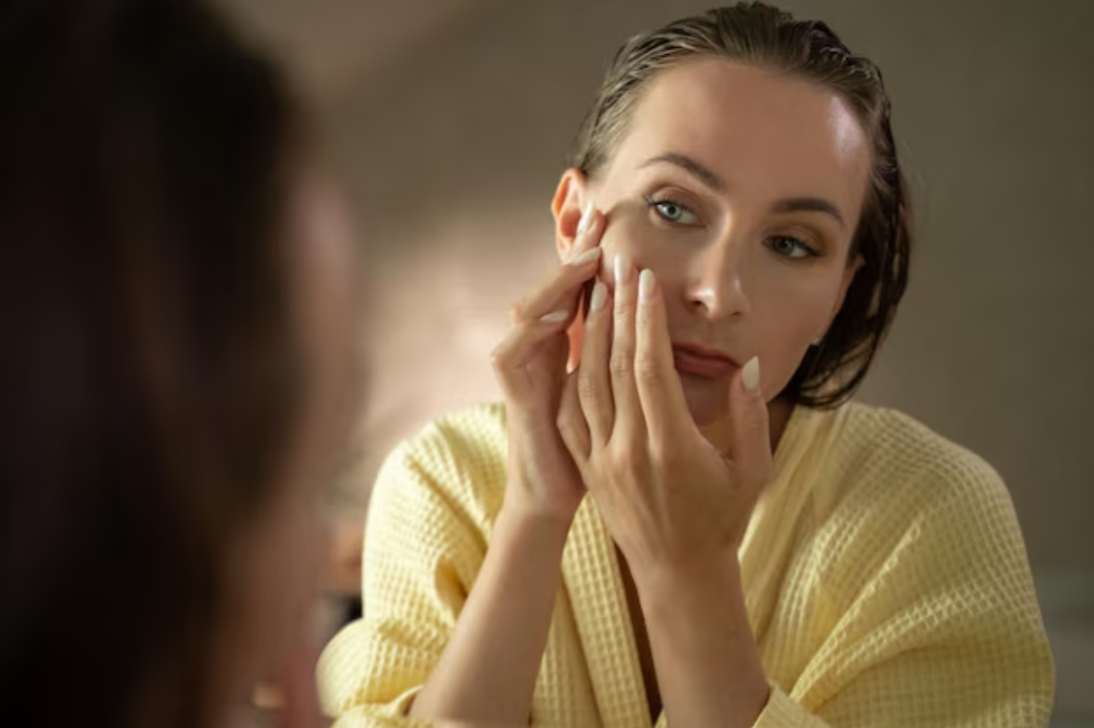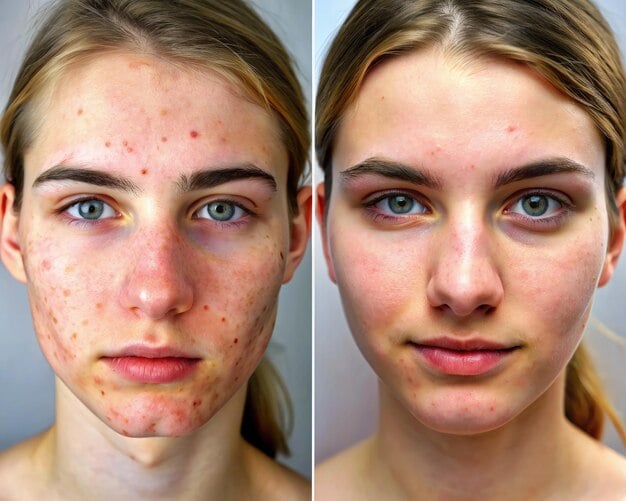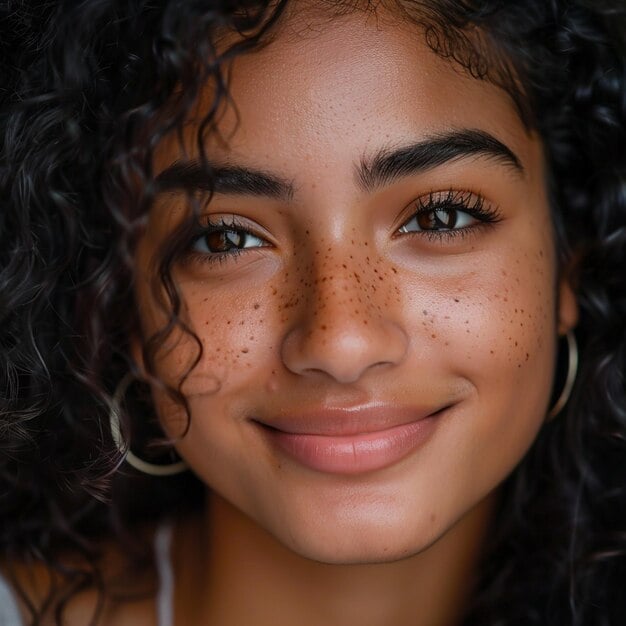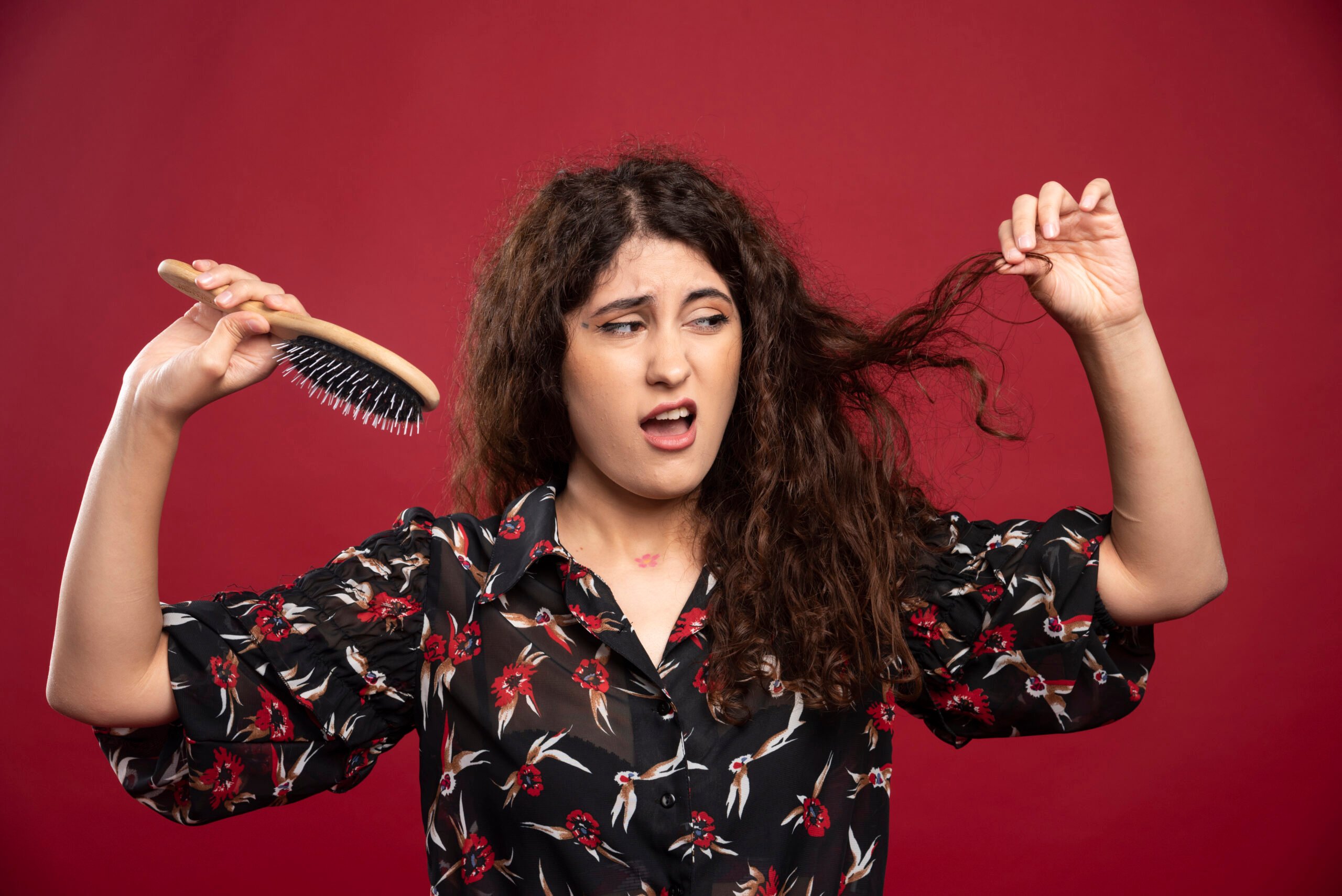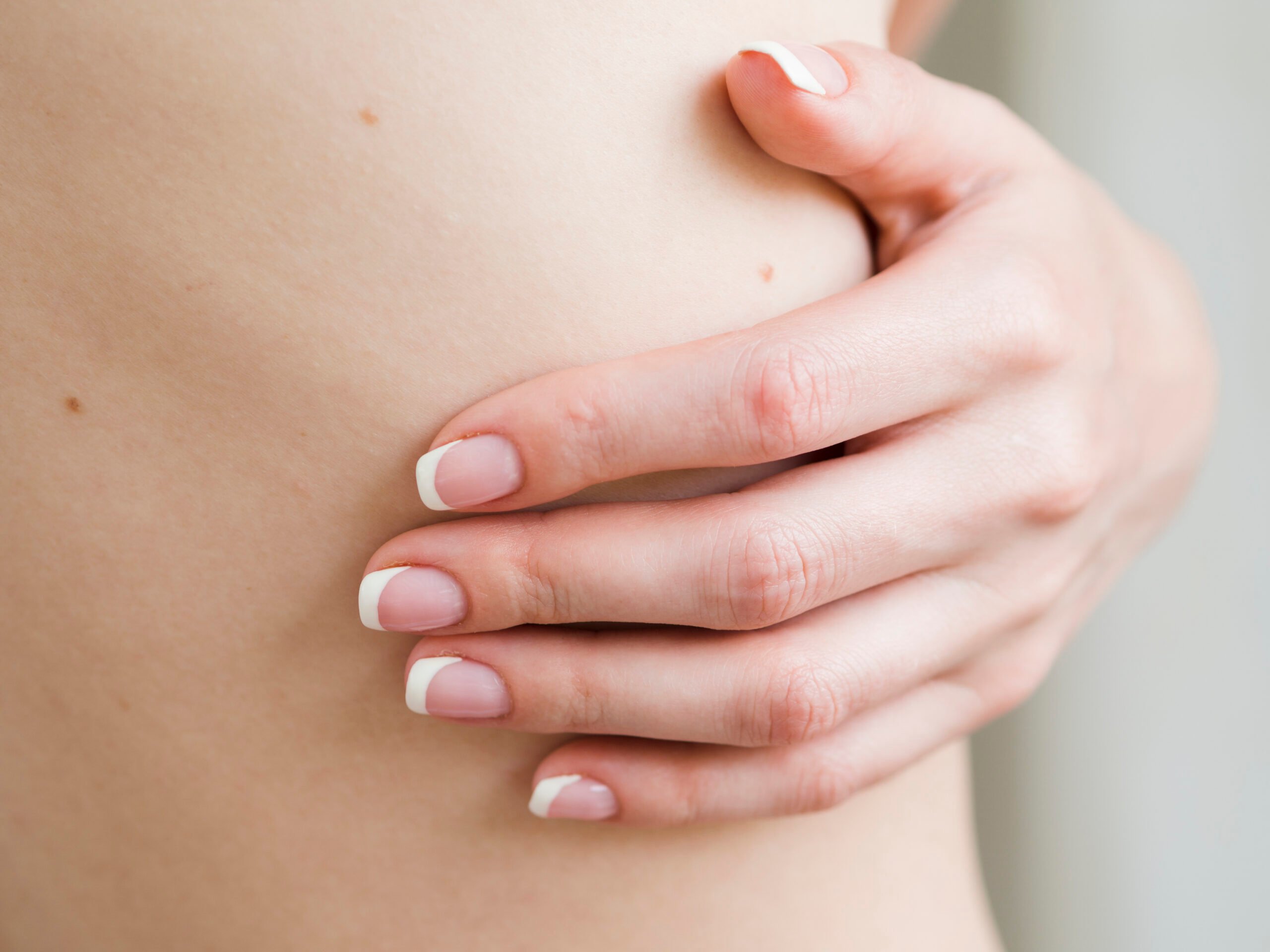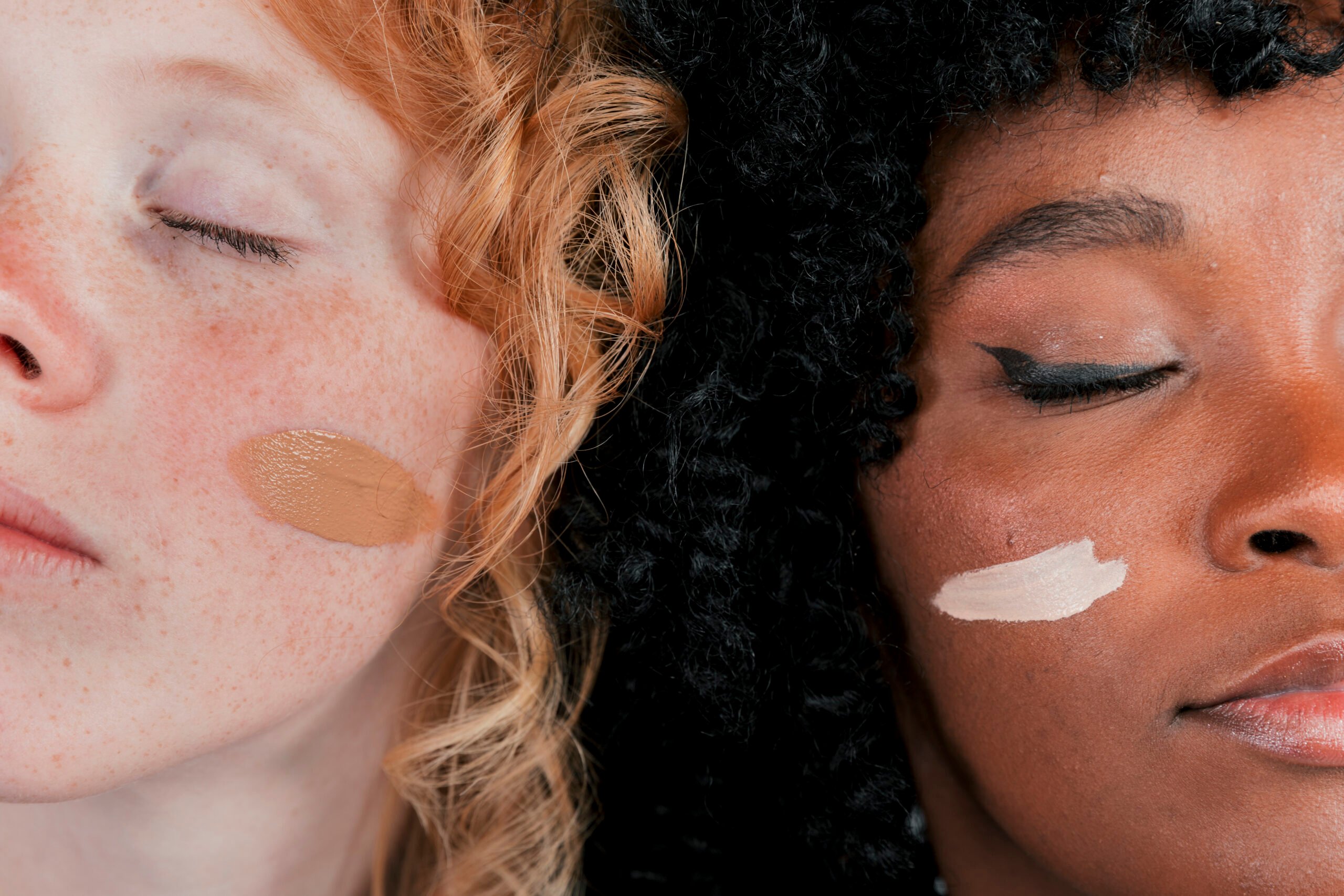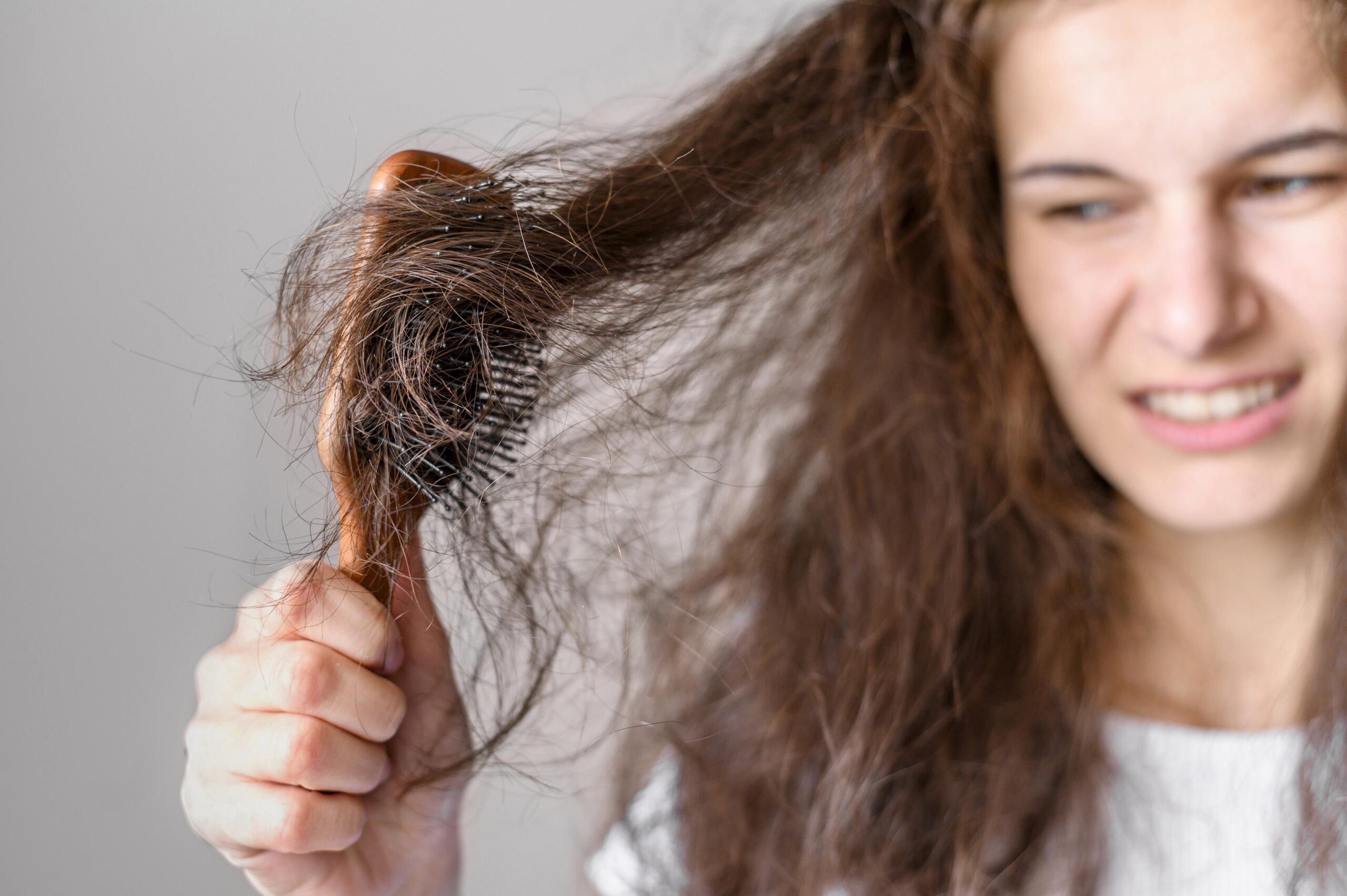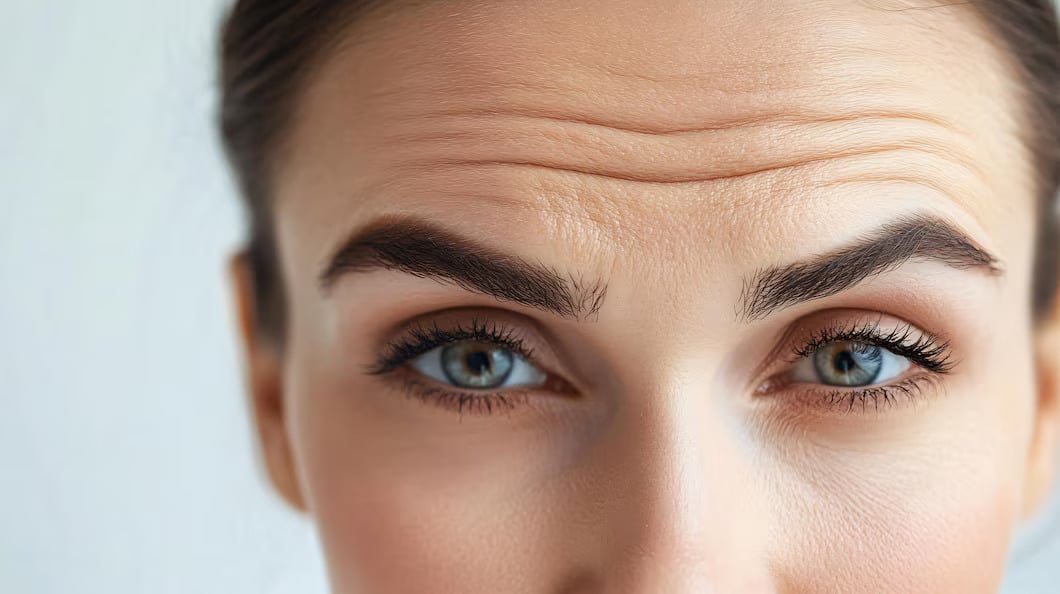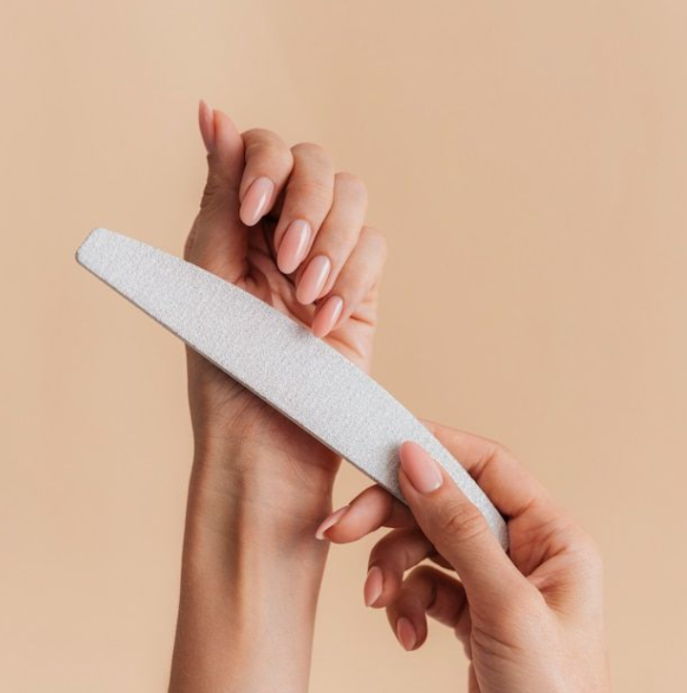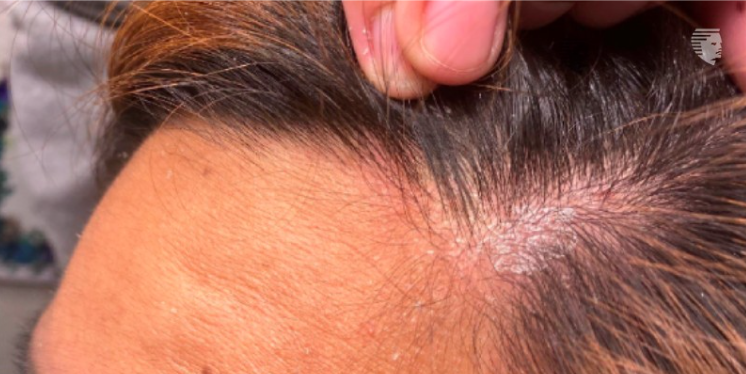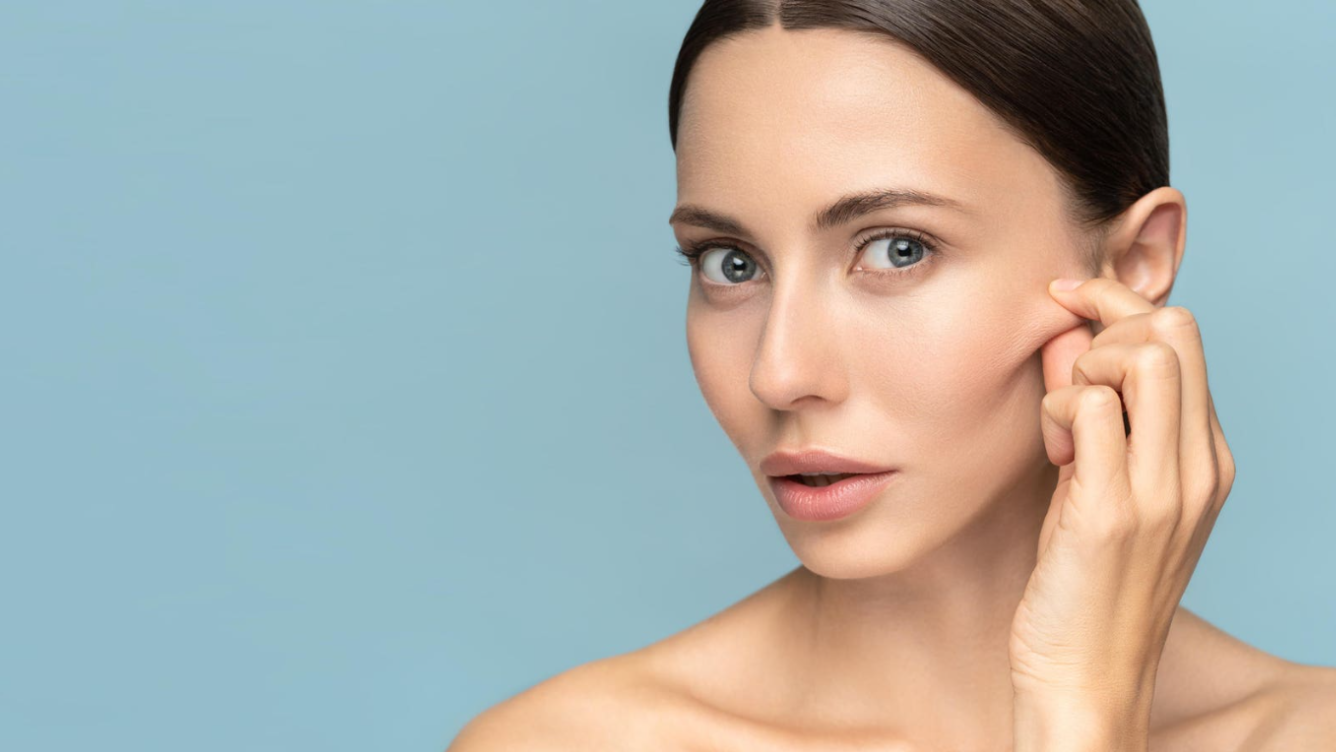Hair
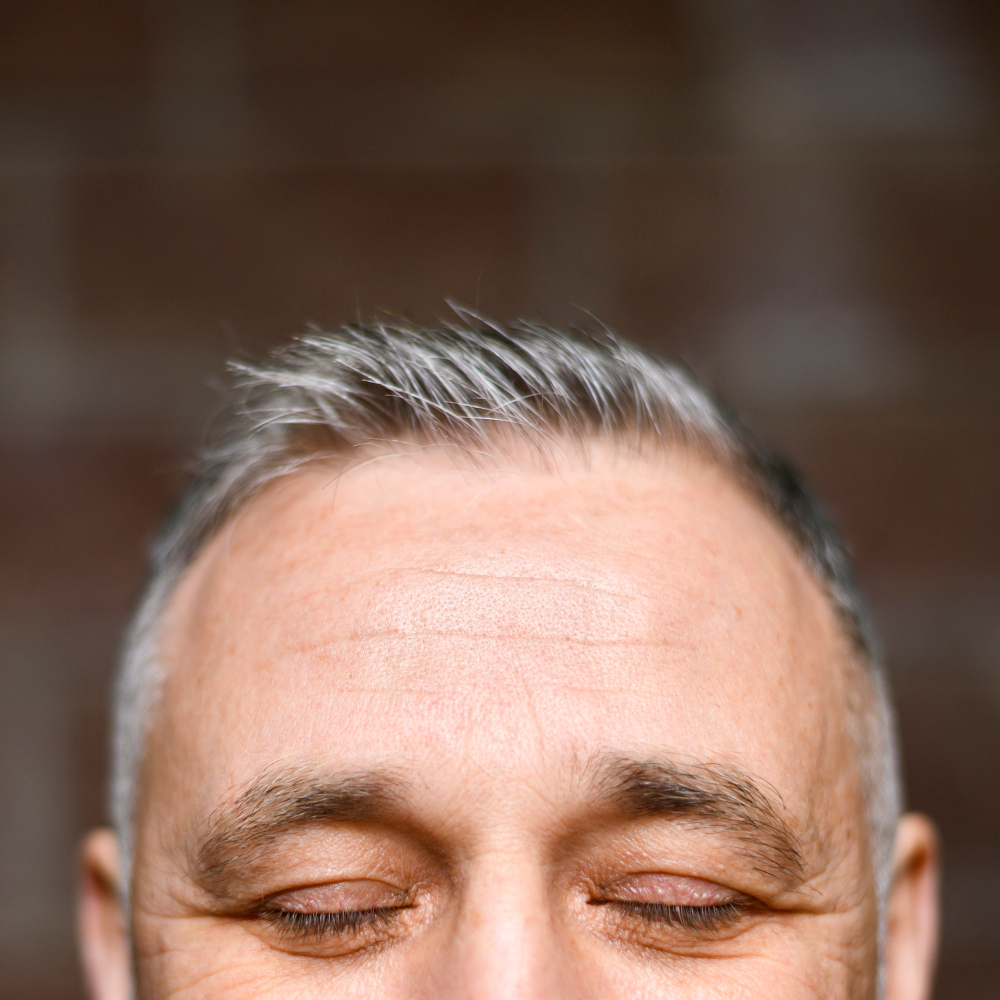
Hair
Receding Hairline - Causes And Treatments
3 minutes read | 2 Aug 23
A receding hairline can be a cause of concern for many individuals, affecting both men and women. 
It is a common hair loss pattern that typically begins with the hairline gradually moving backwards, resulting in a more pronounced forehead. In this blog post, we will explore the different stages of a receding hairline, what causes a receding hairline, and discuss various treatments available to combat this issue.
Signs of Receding Hairline
Recognising the signs of a receding hairline is crucial for early intervention. The following indicators may suggest the onset of a receding hairline:
- Gradual thinning of hair at the temples and forehead
- Formation of an "M" or "V" shape at the hairline
- Increased visibility of the scalp due to hair loss in the frontal area
- Hair becomes finer and shorter in the affected areas
- Difficulty styling hair as before due to decreased volume
What are the Causes of Receding Hairline?

A receding hairline can have many causes, both genetic and environmental. Some common factors include:
- Genetic predisposition: Hereditary factors play a significant role in receding hairlines. If your parents or close relatives have experienced hair loss, you may be more susceptible.
- Hormonal imbalances: Hormonal changes, such as those that occur with age or conditions like polycystic ovary syndrome (PCOS), can contribute to hair loss.
- Androgenetic alopecia: This condition, commonly referred to as male or female pattern baldness, is the most common cause of receding hairlines. It is influenced by a combination of genetic and hormonal factors.
- Stress: High levels of stress can trigger hair loss, including a receding hairline.
- Poor nutrition: Deficiencies in certain vitamins and minerals, such as iron, zinc, and biotin, can affect hair health and contribute to hair loss.
- Hairstyling practices: Excessive pulling, tight hairstyles, and frequent use of heating tools can damage hair follicles and lead to hairline recession.
How to Stop Receding Hairline?

If you’re wondering ‘how to stop a receding hairline?’, it may not always be possible to completely stop it, but there are several measures you can take to slow down its progression:
- Maintain a healthy lifestyle: Adopting a balanced diet, regular exercise routine, and adequate sleep can contribute to overall hair health.
- Avoid excessive heat and chemical treatments: Minimise the use of heating tools and harsh chemicals that can damage hair follicles and weaken the hair shafts.
- Be gentle with your hair: Avoid pulling, tugging, or brushing hair aggressively, especially when it's wet, as it can lead to breakage.
- Stress management: Practice stress-reducing techniques such as meditation, yoga, or engaging in hobbies to lower stress levels and minimise hair loss.
- Consult a healthcare professional: If you notice significant hair loss or a receding hairline, it's advisable to seek medical advice for a proper diagnosis and personalised treatment plan.
Treatment for Receding Hairline
If you already have a receding hairline and you’re asking, ‘how to fix a receding hairline?’, here are a few treatments for a receding hairline that you can opt for at Bodycraft Clinic.
1. PRP Hair Regrowth Treatment
PRP Hair Treatment or Platelet-Rich Plasma therapy for hair loss, is a medical treatment where plasma is extracted from your blood and administered into the scalp. A doctor will collect a small sample of your blood and employ a centrifuge to separate the plasma from it. The separated plasma is then injected into the specific regions of your scalp that need hair regrowth. This method, which utilises your own blood for hair rejuvenation, is secure and can be completed in approximately 20 minutes.
2. GFC Hair Loss Treatment
Related categories
Get a complimentary consultation today. Book now
























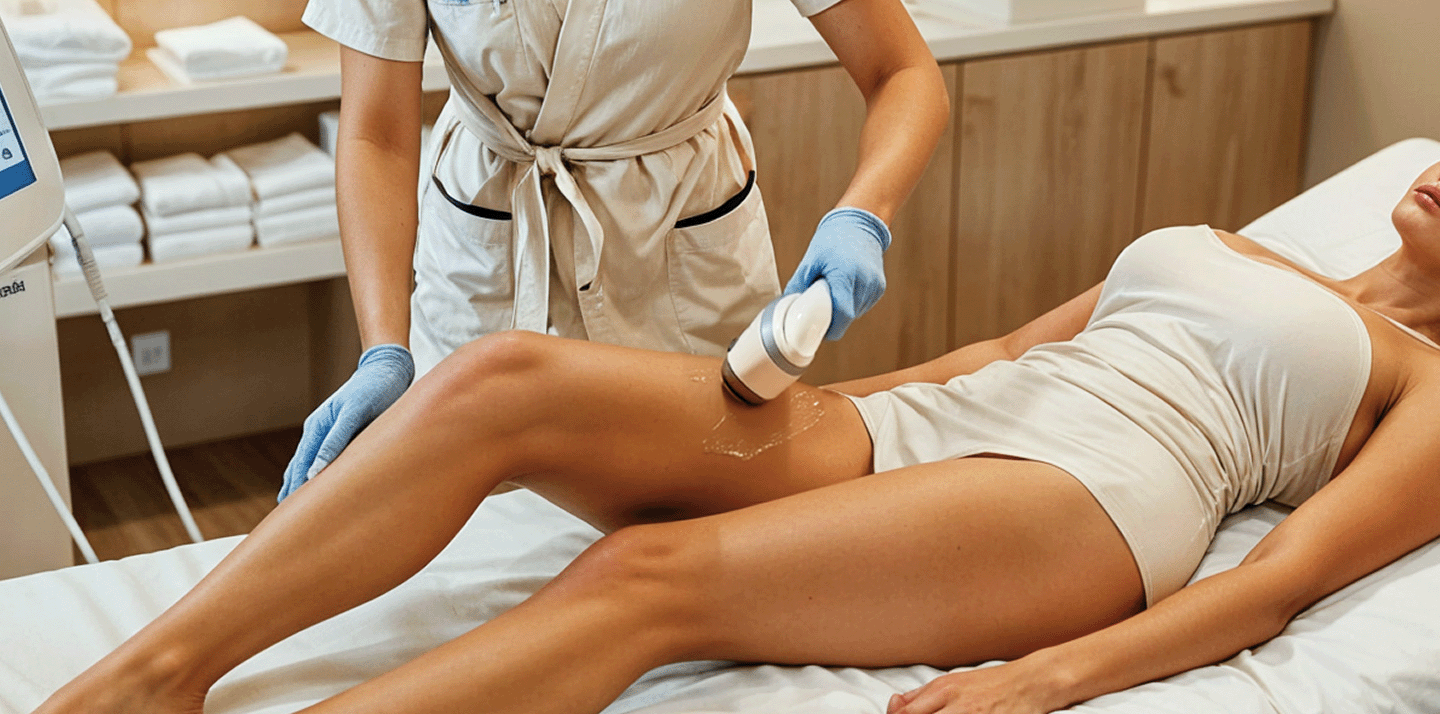














.png)

























-1.png)

